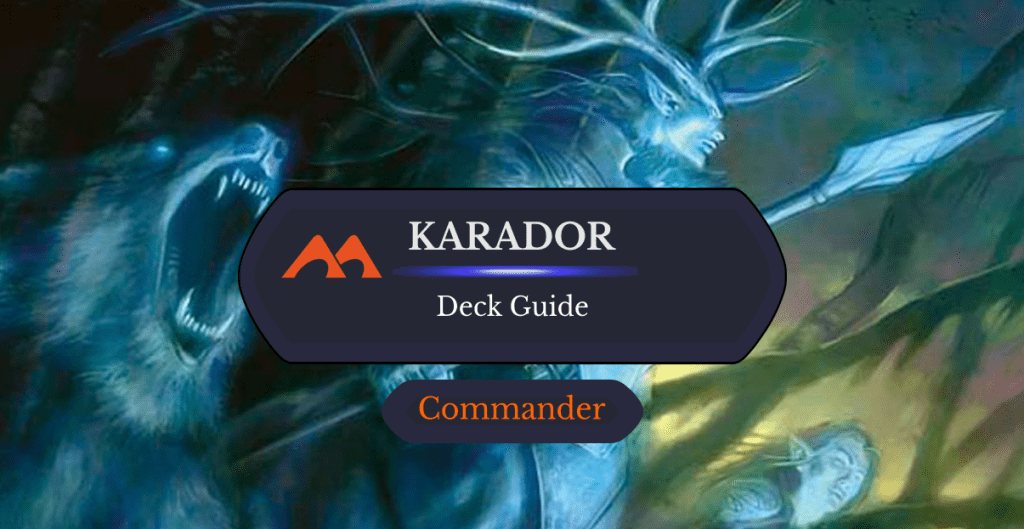
Karador, Ghost Chieftain | Illustration by Todd Lockwood
White-black-green decks have moved away from reanimator strategies in recent years in favor of token and +1/+1 counter-based strategies. But back when EDH was new and we weren’t spoiled for options, we ran Karador, Ghost Chieftain, and we liked it. Back in the day, Abzan () didn’t have access to half as much self-mill as it does today, so we were banking on sacrificing our permanents the old-fashioned way to fill up that graveyard.
Karador straddles the median between being a combo deck and an aristocrats deck. It’s great at pulling from a toolbox in your graveyard, but its once-per-turn restriction means you won’t be able to put the entire combo on the field at once like some commanders can.
Let’s look at a classic 2011 commander! How has Karador, Ghost Chieftain changed over the past 12 years?
The Deck

Golgari Grave-Troll | Illustration by Jakub Kasper
Commander (1)
Creature (35)
Avacyn's Pilgrim
Carrion Feeder
Elves of Deep Shadow
Haywire Mite
Llanowar Elves
Spore Frog
Stitcher's Supplier
Viscera Seer
Blood Artist
Elas il-Kor, Sadistic Pilgrim
Fauna Shaman
Hermit Druid
Millikin
Priest of Fell Rites
Riftsweeper
Saffi Eriksdotter
Sakura-Tribe Elder
Satyr Wayfinder
Skull Prophet
Zulaport Cutthroat
Breathless Knight
Eternal Witness
Plaguecrafter
Ramunap Excavator
Reclamation Sage
Stinkweed Imp
Canoptek Tomb Sentinel
Vile Entomber
Golgari Grave-Troll
Karmic Guide
Reveillark
Shriekmaw
Syr Konrad, the Grim
Sheoldred, Whispering One
Reya Dawnbringer
Instant (5)
Dark Ritual
Entomb
Pull from Eternity
Turn the Earth
Prismatic Strands
Sorcery (13)
Damn
Life from the Loam
Rampant Growth
Witherbloom Command
Buried Alive
Cultivate
Visions of Dread
Dread Return
Migration Path
Living Death
Unburial Rites
Eerie Ultimatum
Rise of the Dark Realms
Enchantment (6)
Aura of Silence
Ghostly Prison
Grave Pact
No Mercy
Moldervine Reclamation
Deadbridge Chant
Artifacts (6)
Elixir of Immortality
Feldon's Cane
Sol Ring
Arcane Signet
Ashnod's Altar
Bloodsoaked Altar
Land (34)
Blossoming Sands
Bojuka Bog
Brushland
Caves of Koilos
Command Tower
Concealed Courtyard
Dakmor Salvage
Forest x6
Golgari Rot Farm
Grim Backwoods
Llanowar Wastes
Orzhov Basilica
Plains x5
Sandsteppe Citadel
Selesnya Sanctuary
Swamp x5
Temple of Malady
Temple of Plenty
Temple of Silence
Temple of the False God
Terramorphic Expanse
This Karador, Ghost Chieftain Commander deck is based around milling a ton of creatures into your graveyard and then reanimating them with Karador. You’ll use your graveyard as storage for your best creatures, pulling from it like a toolbox as the game progresses. Then, you’ll reanimate the entire thing at once with Rise of the Dark Realms or Eerie Ultimatum, swinging for big combat damage, sacrificing everything to one of your aristocrats‘ effects, or executing the Karmic Guide combo.
Since you only have limited control over what you mill off the top of your library, it’ll be important to focus on noncreature spells that you can cast from the graveyard. That means favoring creature-based effects for removal and focusing on flashback cards where you can.
The Commander
Karador, Ghost Chieftain was an alternate commander from the original Commander 2011 Counterpunch precon.
At the time, there were only three other Abzan-aligned legendary creatures (Doran, the Siege Tower, Ghave, Guru of Spores, and Teneb, the Harvester). Karador stood alone among them as the only reanimator-focused commander. Compared to other Abzan commanders, Karador’s a little slow on the uptake. Its high mana value means you’ll have to fill your graveyard before it’s down to a remotely manageable MV, but luckily that cost-reduction also affects your commander tax.
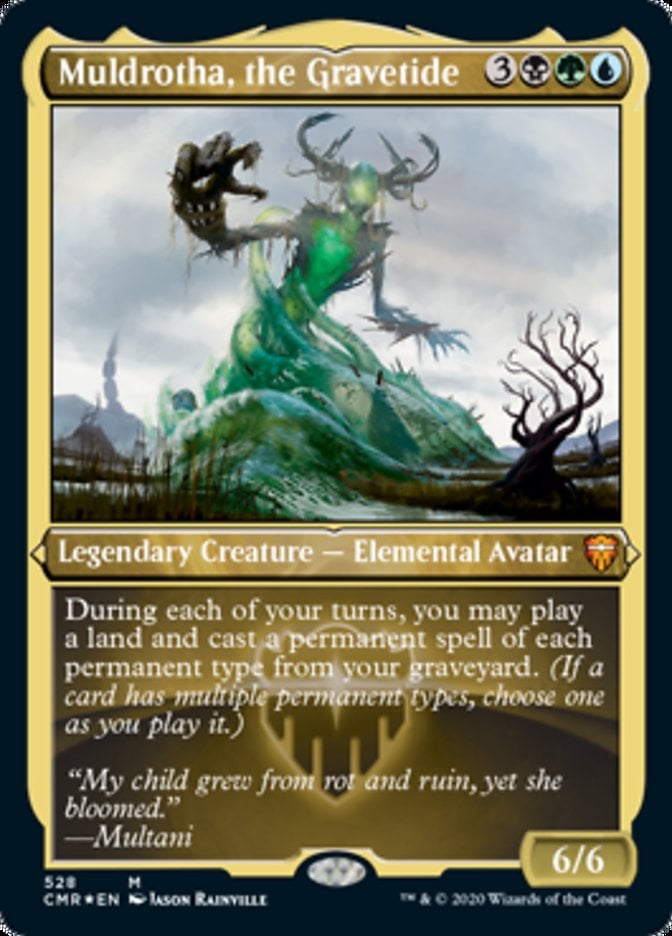
Karador’s also limited to one creature spell from your graveyard per turn. Compared to Muldrotha, the Gravetide, this seems like a huge disparity in power level for a commander that cares about the graveyard. To compensate, you’ll need to find other ways to make use of your full graveyard besides recasting creatures one at a time.
Filling the Graveyard
The first step to casting Karador is to cheapen it up by filling your graveyard with creatures. 2011 had some options for self-mill on the cheap, but since then we’ve become spoiled for options.
Stitcher's Supplier, Skull Prophet, and Witherbloom Command are some cheap ways to get started. Entomb, Vile Entomber, and Buried Alive take the place of traditional tutors, and you’ll mostly use them to tutor up one of your dredge creatures like Stinkweed Imp or Golgari Grave-Troll. I shouldn’t have to explain why Life from the Loam goes off here, either.
Once you’re dredging five cards a turn with the Imp, put it back into the graveyard with discard effects on Bloodsoaked Altar and Fauna Shaman or sacrifice it with Ashnod's Altar or any of your other free sac outlets. Carrion Feeder and Viscera Seer are value engines that have stood the test of time and aren’t to be under-utilized in this deck.
Your #1 graveyard-filler is Hermit Druid. I know I said I’d look for modern upgrades to Karador, but WotC actually printed the best self-miller way before Karador became a ghost. With only 16 basics in the whole deck, you’re averaging 5-10 cards milled per single green mana activation. If you can stick an early Hermit Druid, you'll never pay more than for Karador.
Emptying the Graveyard
Now that you’ve got a graveyard full of tools, it’s time to start rooting around for answers. A lot of your traditional removal is attached to a body to ensure you can cast it from the graveyard. Reclamation Sage and Haywire Mite are here instead of the typical Nature's Claim/Krosan Grip, plus Plaguecrafter and Shriekmaw instead of Chainer's Edict and Doom Blade (note that you can still evoke the Shriekmaw from the graveyard).
One new card I’m really into running alongside Karador is Canoptek Tomb Sentinel from the Warhammer 40,000 Commander decks. Unfortunately, casting Sentinel with Karador's ability won't cause Sentinel to trigger, since it's actually entering from the stack in that situation. However, with all the self-mill and other reanimation spells floating around, Sentinel will often work like a Spine of Ish Sah with built-in recursion. It's one of your best repeatable removal options, alongside a 4/3 with vigilance. That’s value, baby.
At the top end of the “empty the graveyard” section are Sheoldred, Whispering One and Reya Dawnbringer. Both give you a free reanimation on your upkeep, and they’re both sizable bodies that can threaten a board. Sheoldred especially; when’s the last time you played in a pod without black in it? Sheoldred swampwalks right past those players for 6 big damage to the face.
Should you be denied access to your commander via a Darksteel Mutation or Nevermore of some kind, all hope is not lost. You’re still running a whole grip of reanimating spells. Living Death, Eerie Ultimatum, and Rise of the Dark Realms get you a game-ending board immediately, plus you’ll keep a Dread Return and Visions of Dread tucked away in your graveyard ready to flashback at a moment’s notice.
Protecting the Graveyard
Graveyard decks are often fragile, glass-cannon strategies. One well-timed Bojuka Bog from an enemy player can sink your entire game, and the wide range of targeted graveyard-hate in Commander is almost insurmountable at this point. Access to graveyard protection is limited in these colors and basically amounts to reshuffling your ‘yard into your library. But that beats losing access to those cards completely as they’re exiled.
We’ll start with the basics: Feldon's Cane and Elixir of Immortality are cheap enough to hit the field turn 1 and won’t typically draw the attention of your opponents’ artifact removal. Each simply reshuffles your graveyard back into your library, but they’re well worth the cost in response to a Tormod's Crypt hitting the field.
I’ve doubled-down on this effect with two tragically underplayed cards: Pull from Eternity and Riftsweeper. Turn the Earth is another new one that also works as graveyard hate for your opponents’ cards. These are the only way to get a card back from exile and are just about the only way you can protect your combo pieces like Reveillark or Saffi Eriksdotter until you’re ready for them.
All these reshuffle effects are mitigated by the large number of tutors you’re running; you want to recover after that inevitable Bojuka Bog or if you haven’t been able to remove that Leyline of the Void yet.
Joining the Ghosts
Sending your opponents off to join Karador’s ghosts in the netherworld is simple as pie once you’ve got your engine up and running.
You’re running the suite of new and old aristocrats creatures, notably Blood Artist, Zulaport Cutthroat, and Elas il-Kor, Sadistic Pilgrim for good measure. Having at least one of these on the field is important for executing the infinite leave-the-battlefield/enters-the-battlefield loop with Karmic Guide, Saffi Eriksdotter, Reveillark, and any of your free sac outlets like Ashnod's Altar and Viscera Seer.
From there, you can let the aristocrats effect take the lead and deal an infinite amount of damage to your opponents. Or, should you lose access to your Blood Artists, you can make an infinitely huge Breathless Knight or Carrion Feeder, or infinitely loop Sakura-Tribe Elder until you’ve pulled every basic out of your deck, giving you enough mana to cast Sheoldred or Reya or Rise of the Dark Realms.
Stax
Protecting your strategy is a pain in this deck. Karador, Ghost Chieftain is expensive and takes a few turns to get going, even after it's on the field.
To help slow down the table, you’ve got a few spells to disincentivize attacking you. Aura of Silence and Ghostly Prison are the go-tos in this color combo for taxing attackers, while No Mercy and Grave Pact force an opponent to choose between their attacker and their damage.
Prismatic Strands and Spore Frog are both repeatable Fog effects, and you’ll still have access to the Strands if you accidentally mill it.
The Mana Base
Karador, Ghost Chieftain’s mana base is interesting because you don’t want too much noncreature ramp. The fewer creatures you have, the fewer hits you get on your self-mill, and the later you’ll have to cast your commander. That, and most of those noncreature ramp spells just end up as dead cards in your graveyard.
To mitigate this, the deck runs 34 lands with a focus on creature-based ramp. Llanowar Elves, Avacyn's Pilgrim, Elves of Deep Shadow, Millikin, and Skull Prophet are each mana dorks that are either cheap or mill cards alongside generating mana. Sakura-Tribe Elder and Satyr Wayfinder also find lands while putting cards in your graveyard.
The only noncreature ramp spells you’re running are Rampant Growth, Cultivate, Migration Path, and of course Sol Ring and Arcane Signet.
The Strategy
This Karador, Ghost Chieftain deck sits at the midpoint between a combo deck and reanimator beatdown. Here’s the plan: Fill your graveyard with creatures as quickly as possible to keep Karador, Ghost Chieftain cheap and to keep its toolbox of answers full. Then, reanimate threats like Sheoldred, Whispering One to keep pressure on your opponents before you can set up an infinite loop with Karmic Guide to end the game.
I’m not recommending you keep a two-land hand in this deck, but I’m not saying it’s unplayable. With such a low average MV in this deck, you’re usually good to go with just four lands on turn 4. If you’ve been milling enough, Karador shouldn’t cost more than 3 or 4 mana, and you can refill your graveyard as soon as it’s removed.
That said, early game is all about ramping and protecting yourself. Drop your cheap toolbox and interaction cards like Haywire Mite and Elixir of Immortality early as they won’t draw much attention from your opponents. Use Aura of Silence and No Mercy to keep your opponents off your back until you can’t be ignored.
By the midgame you should have drawn into a tutor or two, and you’ll want to use them to set up for the game-ending combo. Buried Alive can grab all three creatures you need for the infinite enters/leaves-the-battlefield loop. If you’ve already got Karmic Guide or Reveillark, dig up Blood Artist and stick it on the field before running away with your combo.
All the while, you’ll need to be dealing with your opponents’ graveyard removal spells. Without good ol’ counterspells, watch out for those Tormod's Crypts and save your Pull from Eternitys for just the right moment. Too soon and you’ll run the risk of losing your combo pieces again. Too late, and you’ll already have lost before you can execute the combo.
In the event you lose the race to your combo, there’s always tried-and-true combat damage. While Karador, Ghost Chieftain’s power and toughness aren’t anything to brag about (especially for its mana cost), you’ve got some other beaters in this deck that’ll do just as well. Sheoldred, Whispering One and Syr Konrad, the Grim are sizable creatures on top of their punishing effects, so don’t be afraid to throw them around the board.
Combos and Interactions
This Karador, Ghost Chieftain deck rushes to one major classic combo. Karmic Guide and Reveillark have been best friends since someone figured out you could repeatedly bounce them back and forth from the graveyard.
With both Karmic Guide and Reveillark on the field, sacrifice the Guide first and then Reveillark to any free sacrifice outlet like Viscera Seer. When Reveillark dies, it triggers, returning Karmic Guide to the battlefield. When Karmic Guide enters the battlefield, it triggers, and returns Reveillark to the battlefield.
Now you just rinse and repeat to get infinite scry 1s with Viscera Seer, infinite colorless mana with Ashnod's Altar, and infinite death triggers for Blood Artist and Zulaport Cutthroat.
Rule 0
Are people still against infinite combos? Word on the street is that some people don’t like to play against infinite combos like the one described above, but I pooh-pooh them. This combo is hardly un-interactable and can easily fold to a well-timed Dissipate. If a player is adamant that this combo is too much of an insurmountable challenge for their deck to deal with, just swap two of the three cards out for some big beaters, I guess. Grave Titan and Sun Titan are always fun.
Budget Options
This Karador deck comes out to about $130 for the cheapest printings of the singles, which isn’t too bad when you consider the ceiling on Commander decks. If you’re looking to make this deck dirt-cheap, though, there are a few cuts to make.
The two most expensive cards in this deck are Hermit Druid and Rise of the Dark Realms. Hermit Druid hurts to replace, and you’ll be hard-pressed to find a more efficient way to fill up your graveyard without it. Consider Old Stickfingers for a big self-mill effect.
Rise of the Dark Realms is easy to replace, though. It won’t catch every creature in every graveyard, but Victimize is a cheap way to get more than one creature out of your graveyard at once.
Other Builds
Karador, Ghost Chieftain doesn’t have to be strictly a reanimator-combo deck. It also plays great at the helm of any pod-themed deck. Cards like Birthing Pod and Fiend Artisan do double-duty by filling up your graveyard and tutoring a new creature to the battlefield all at once. Skip the extra steps of digging through your library the old-fashioned way and jump straight into your game-winning combo.
Commanding Conclusion

Viscera Seer | Illustration by John Stanko
While Karador, Ghost Chieftain may have fallen off as a popular Abzan commander, it’s still one of the only ones with a specifically graveyard-based ability. I don’t think it deserves its reputation as the least popular of the Commander 2011 face cards. Karador decks have the diversity to include whatever creatures they want, with basically no restrictions to what Karador recasts each turn. I’m looking forward to seeing what other design space we can push this undead centaur into.
How does Karador stack up against other reanimator commanders? Is it worth building around, or are you better off with a Muldrotha, the Gravetide deck in every case? Let me know in the comments, or over on Draftsim’s X (aka Twitter).
Thanks for reading! Don’t let the Karador hit you on the way out (I’m sorry).
Follow Draftsim for awesome articles and set updates: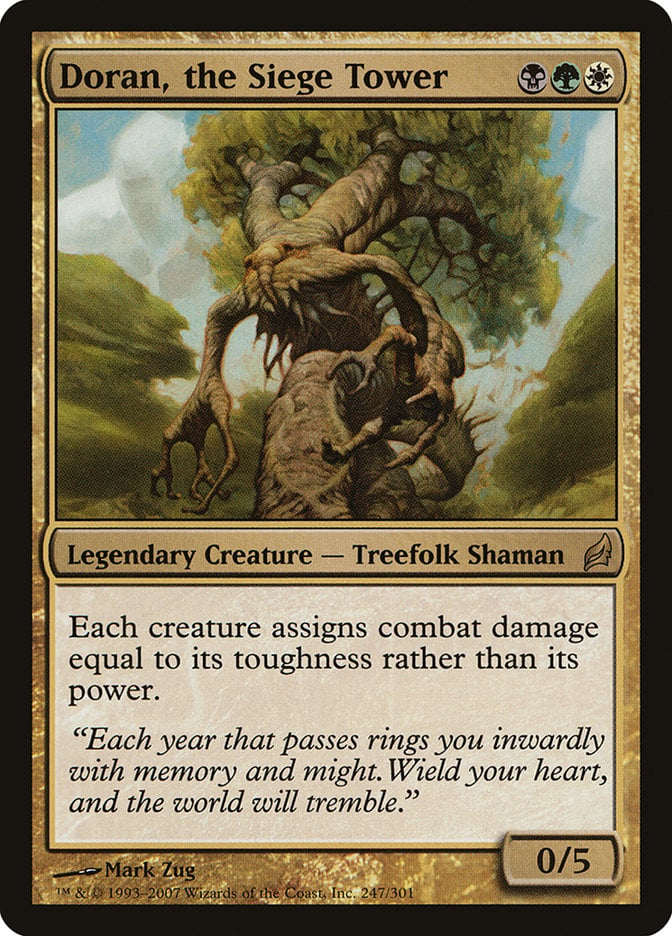
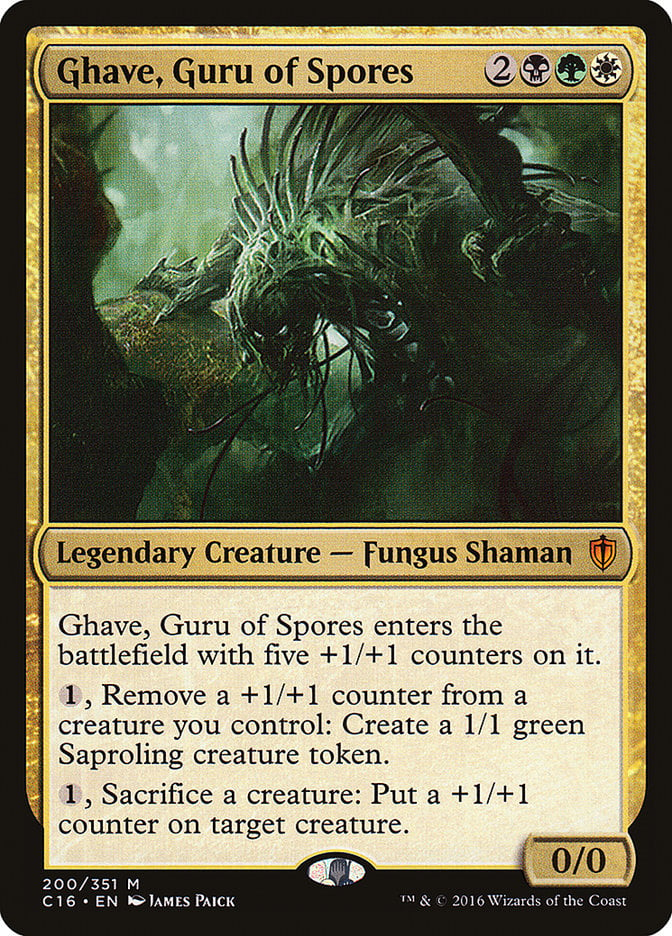
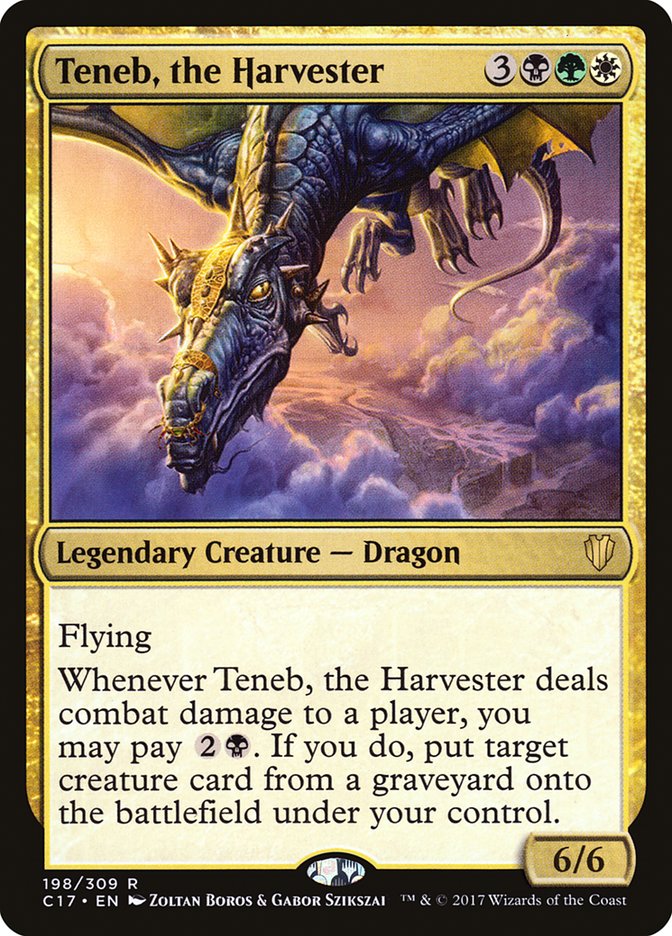

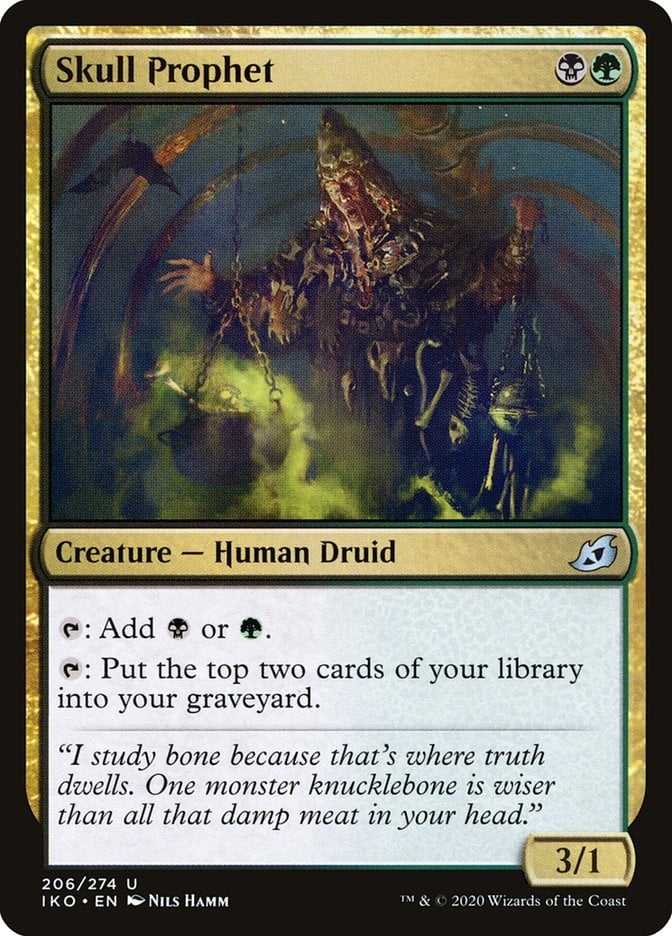

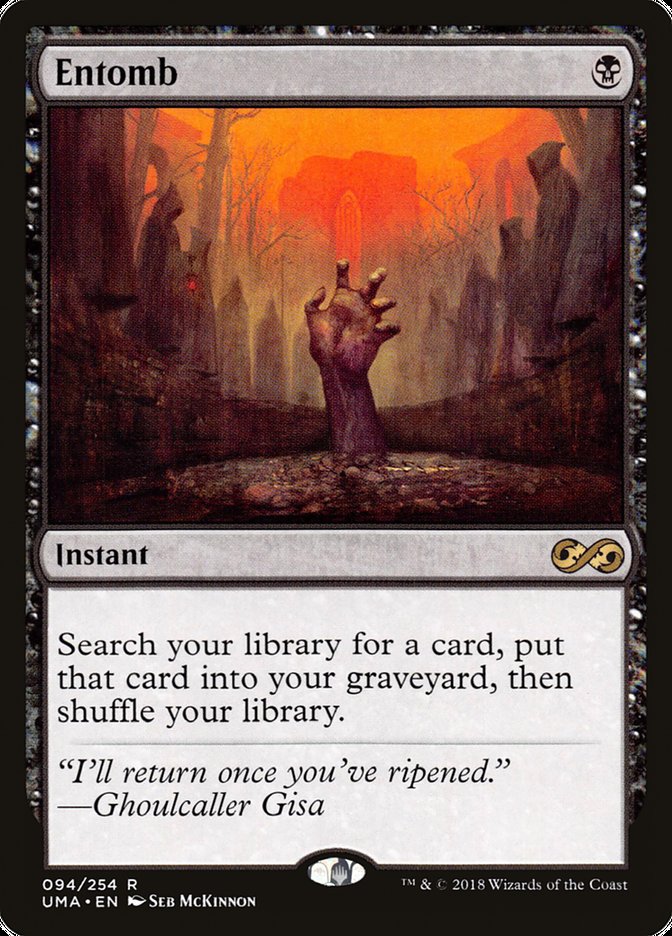

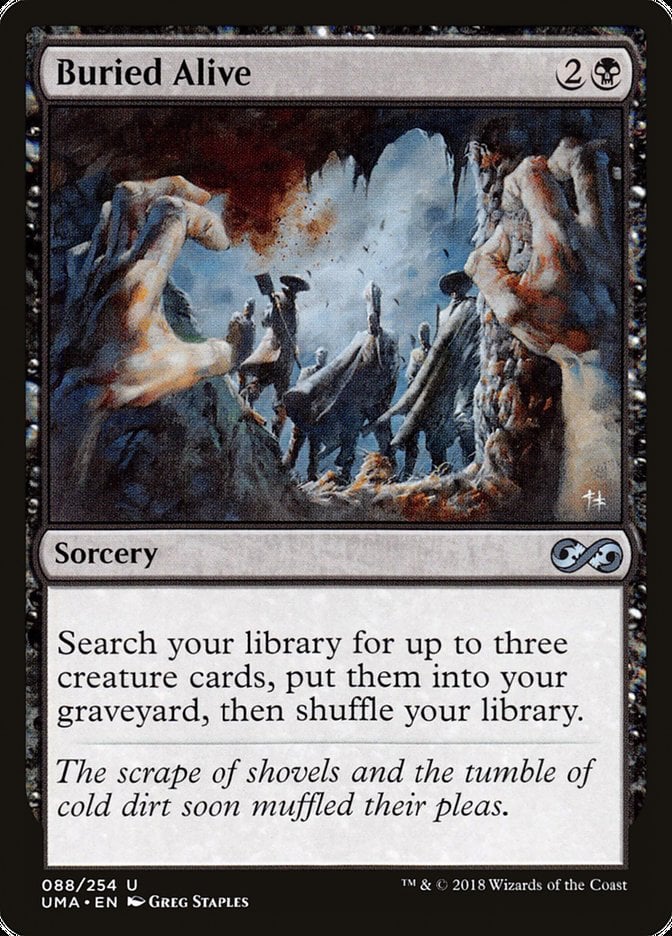



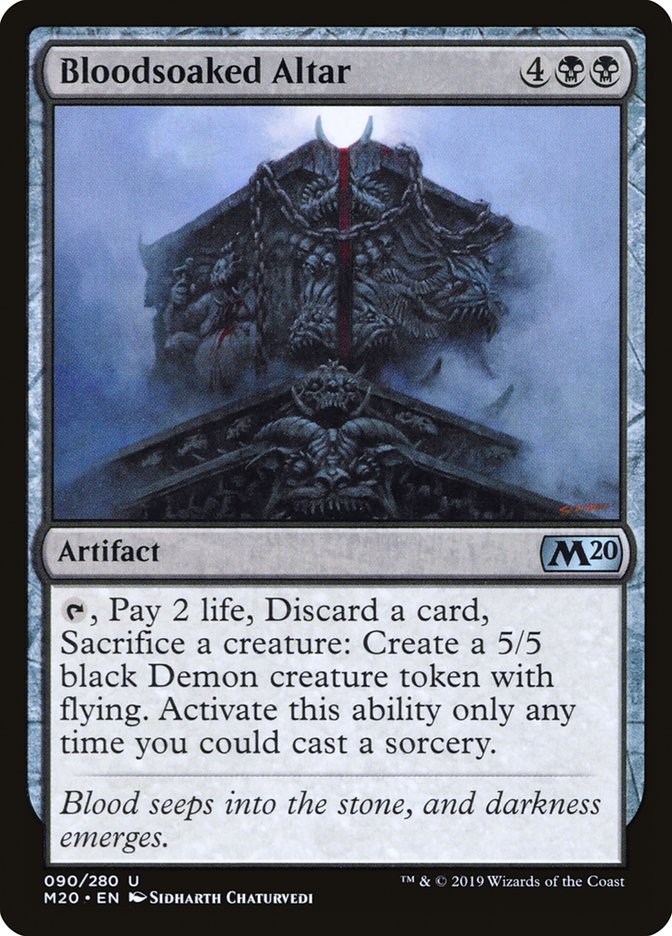


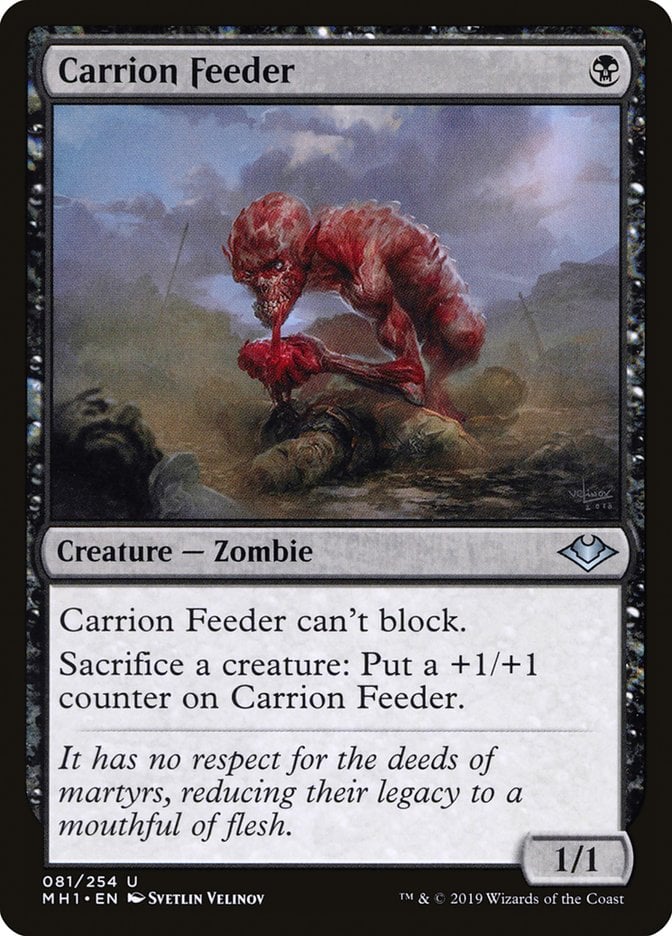



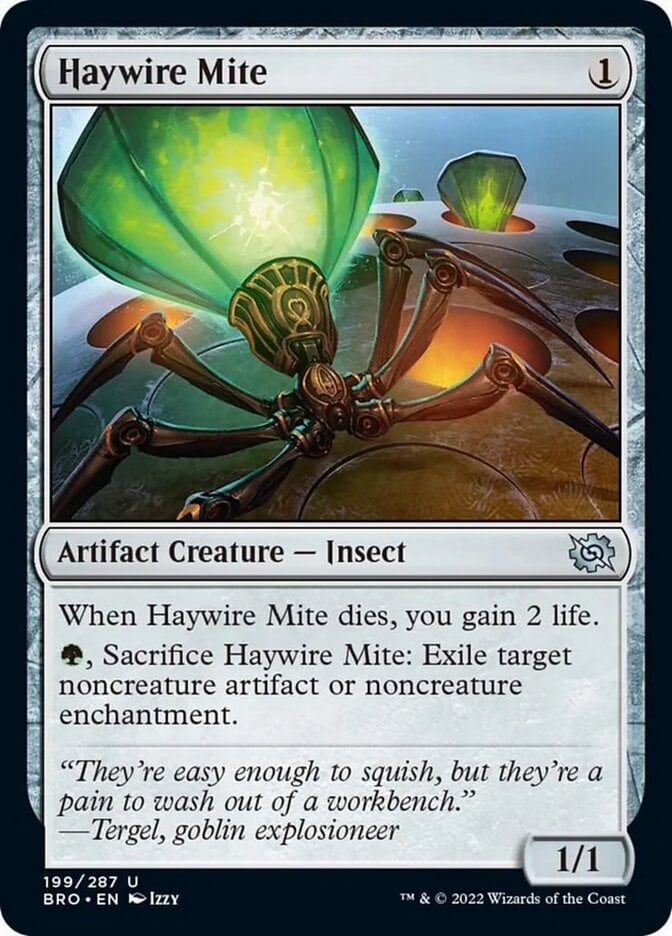
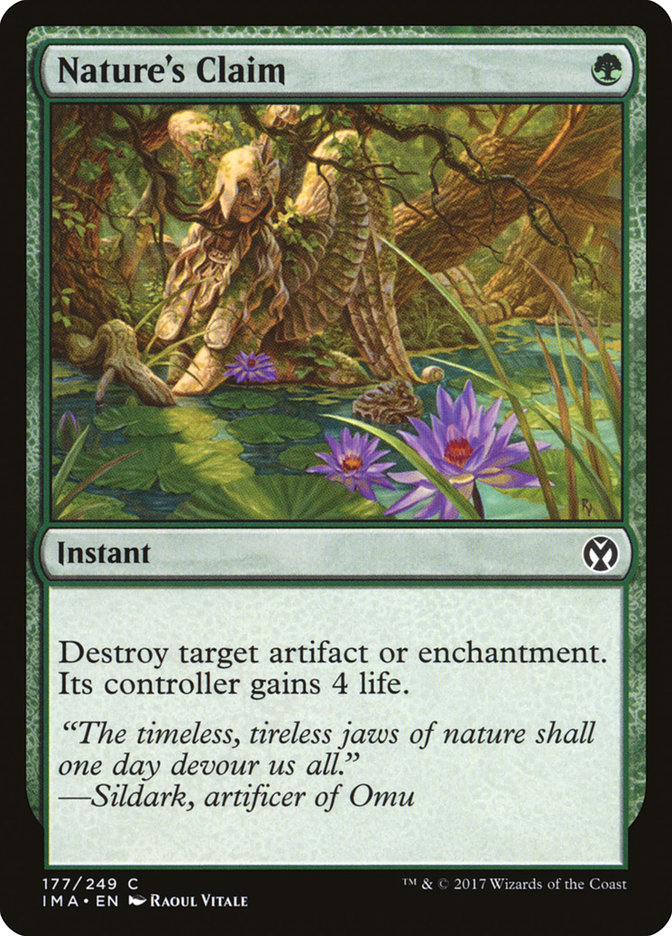
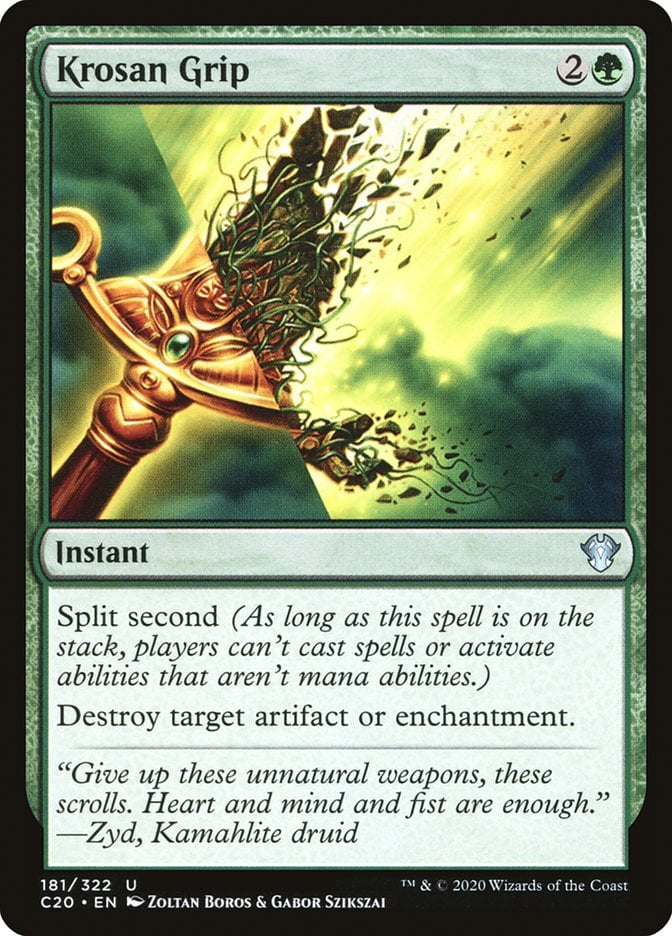

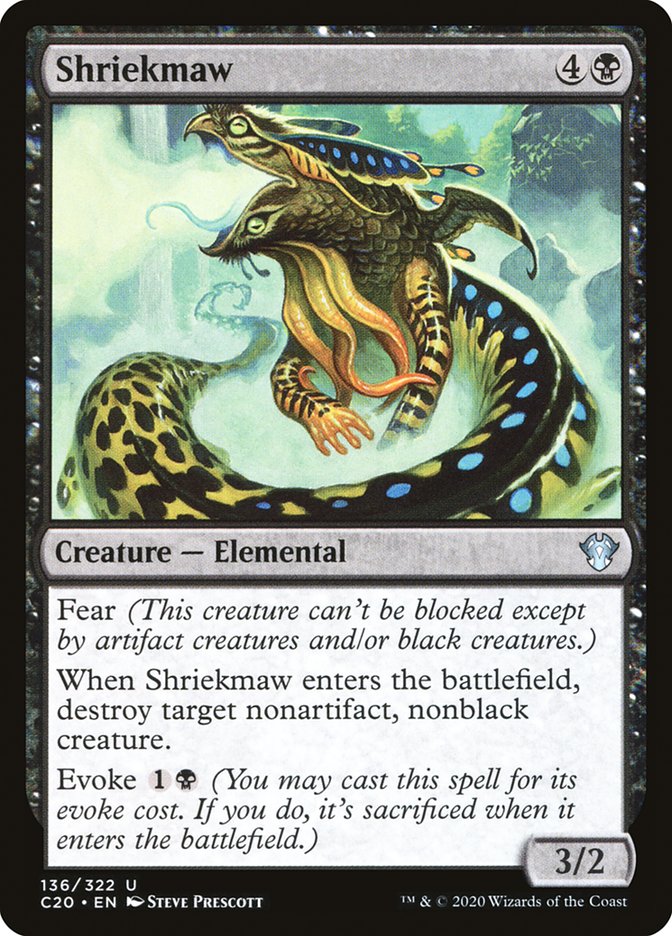
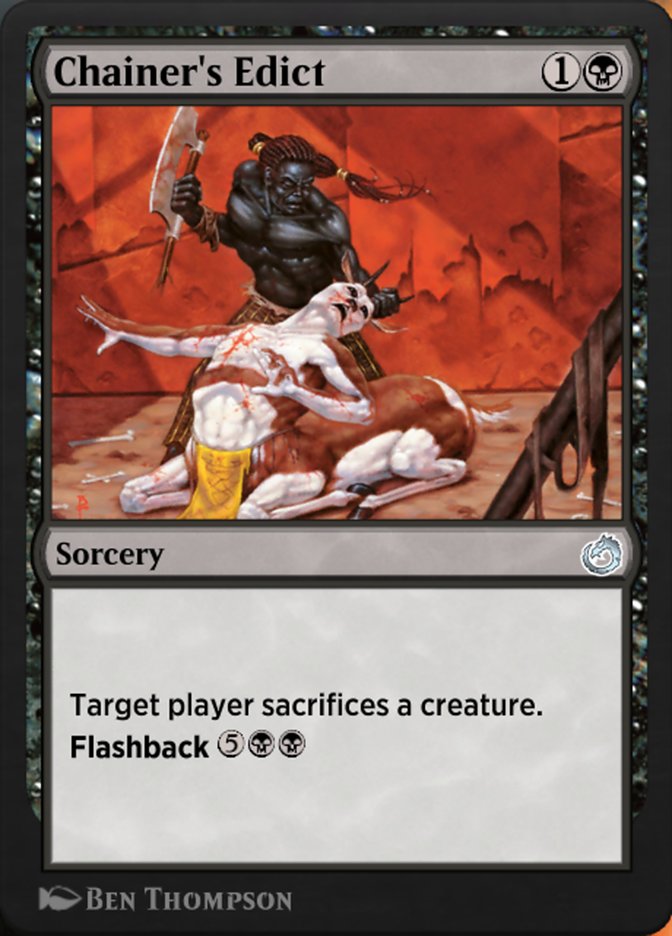
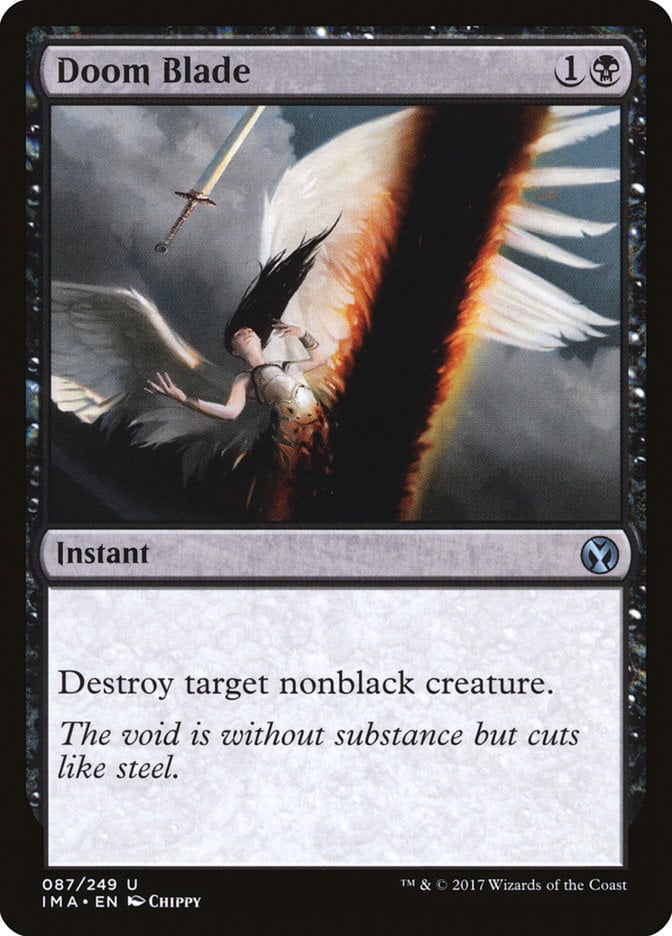
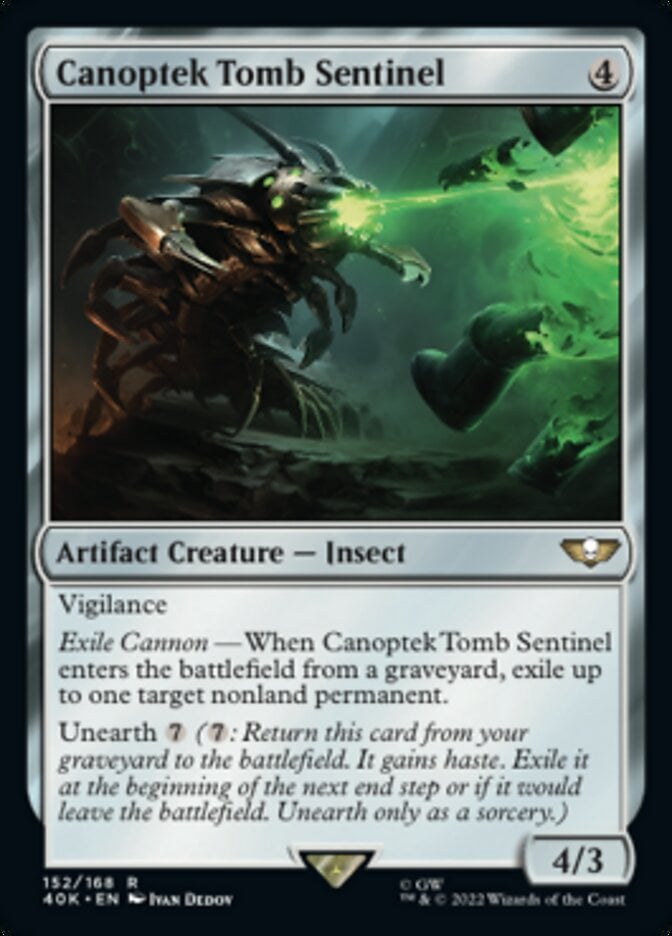
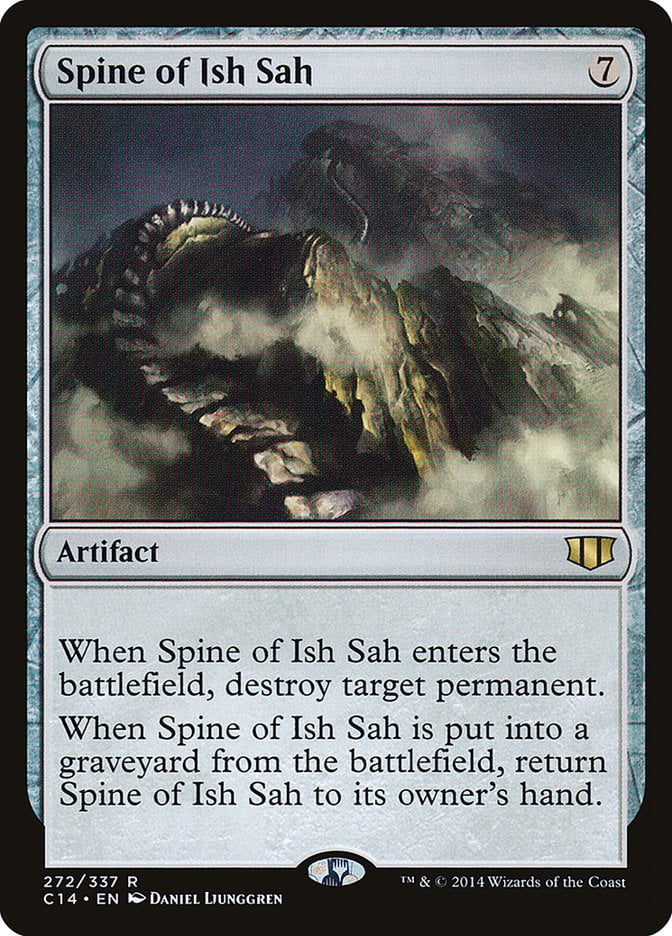
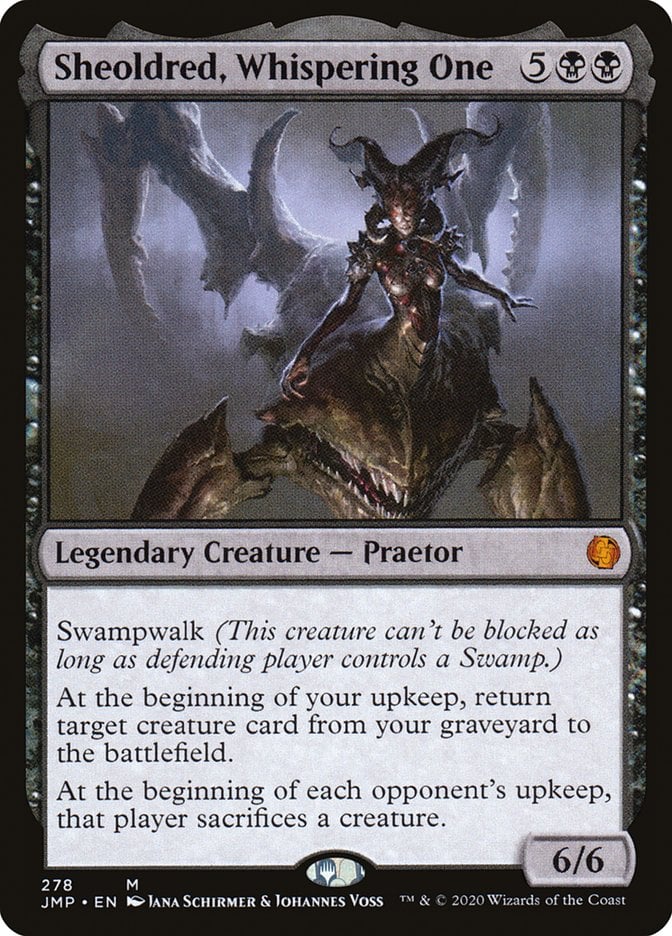
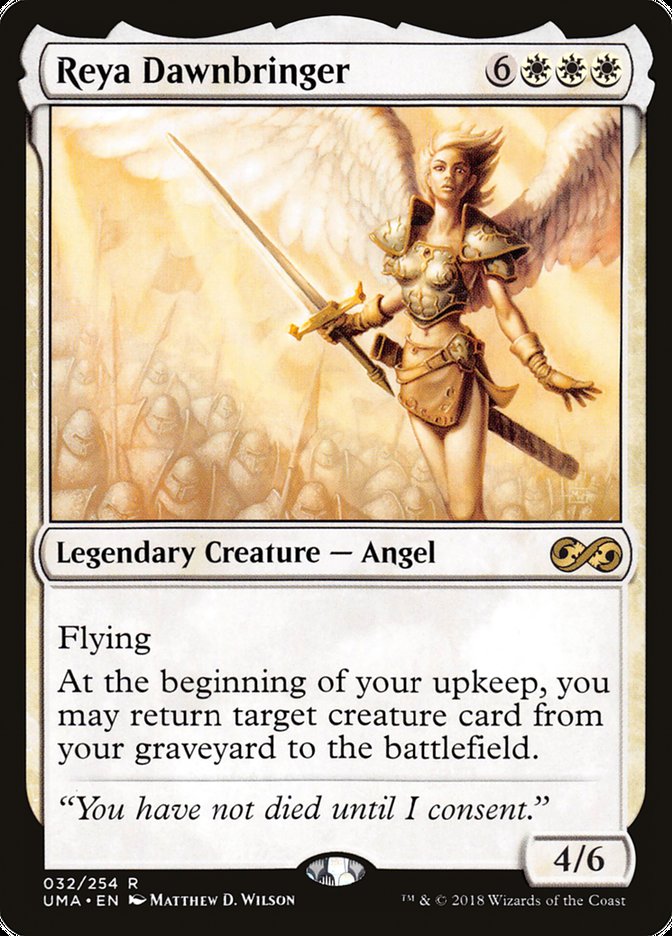
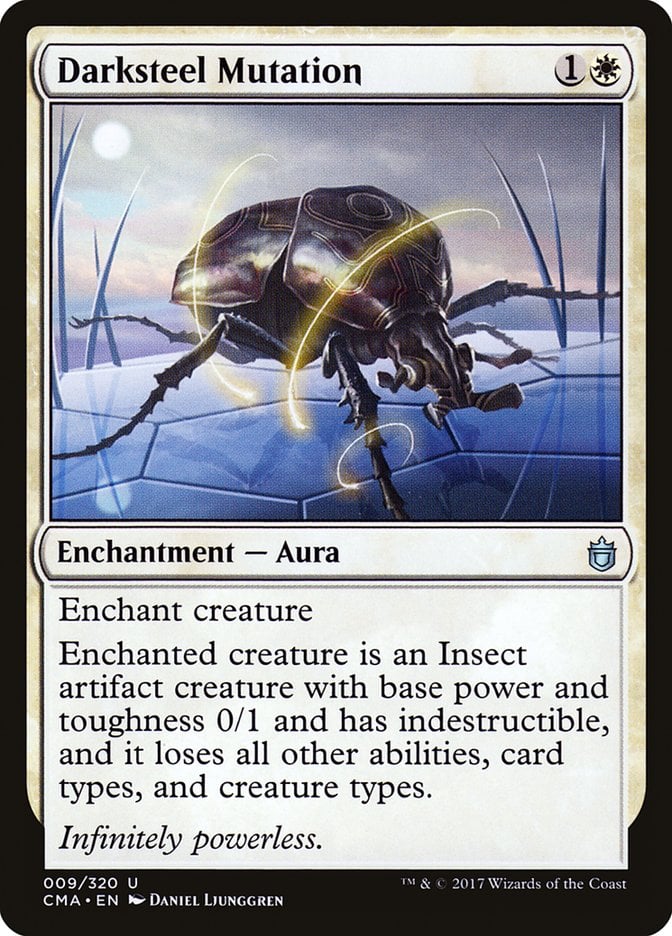

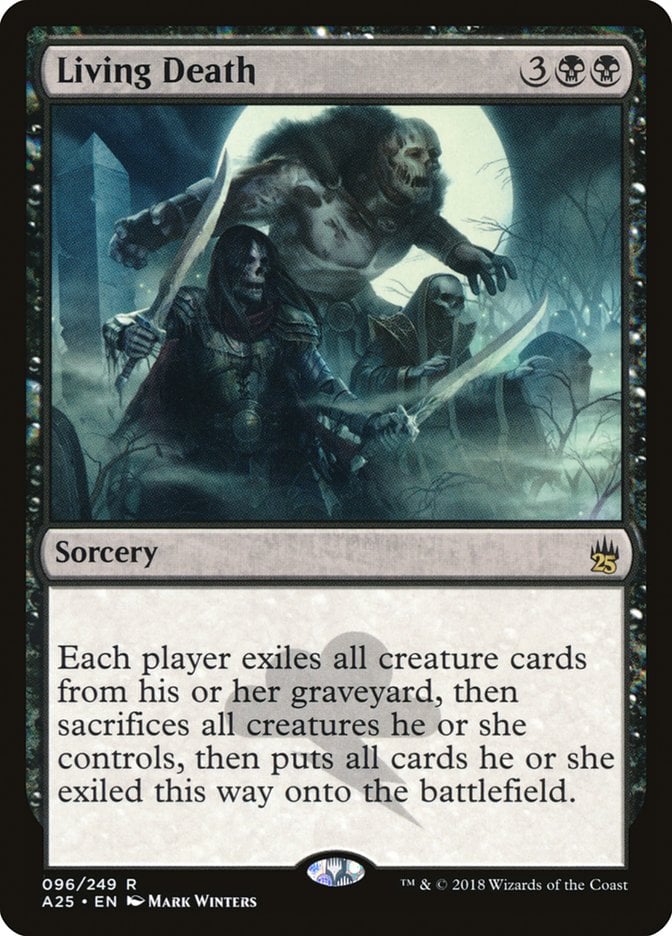
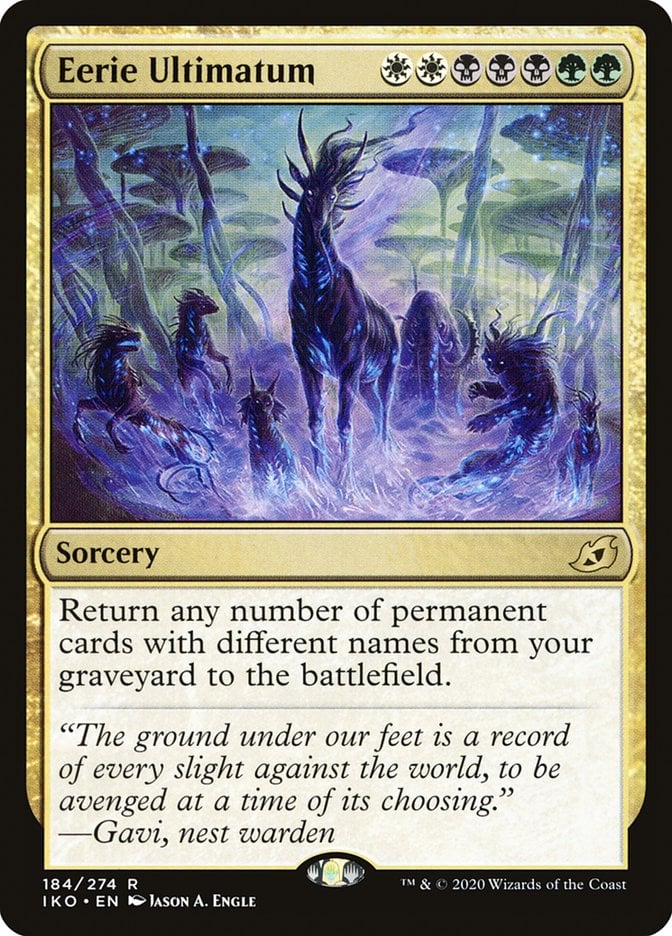
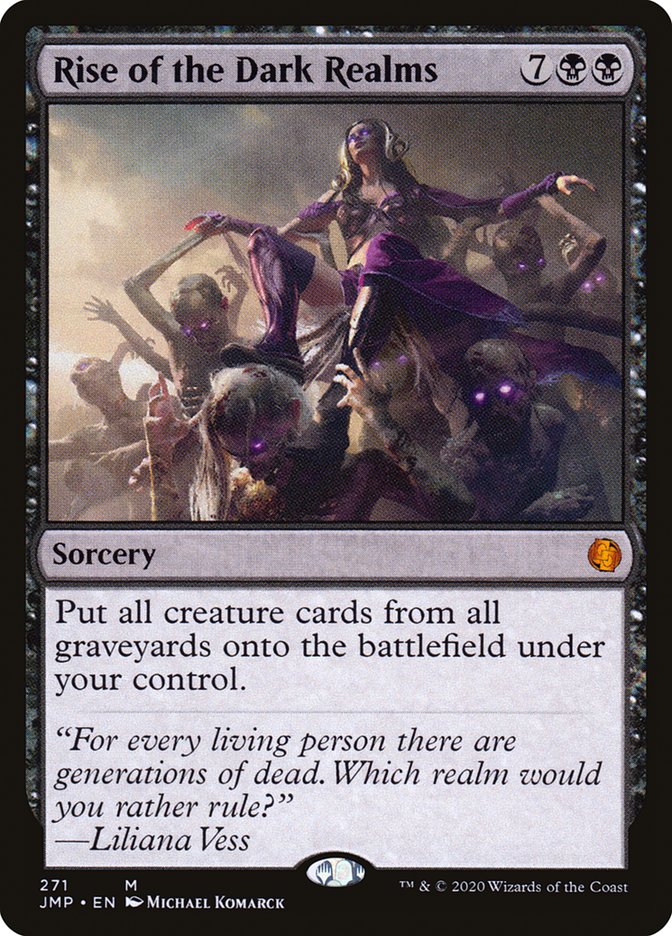

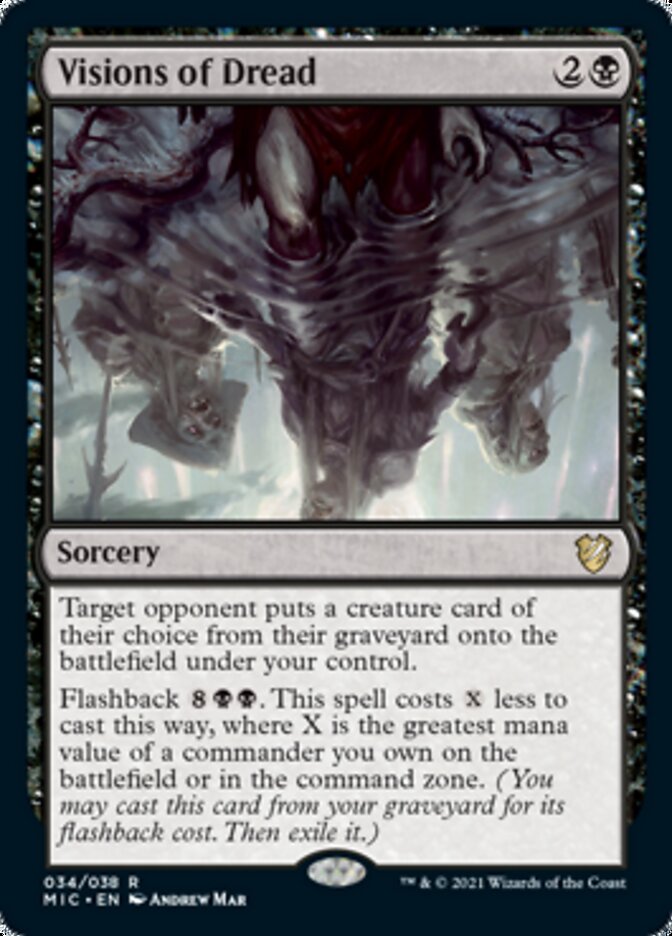
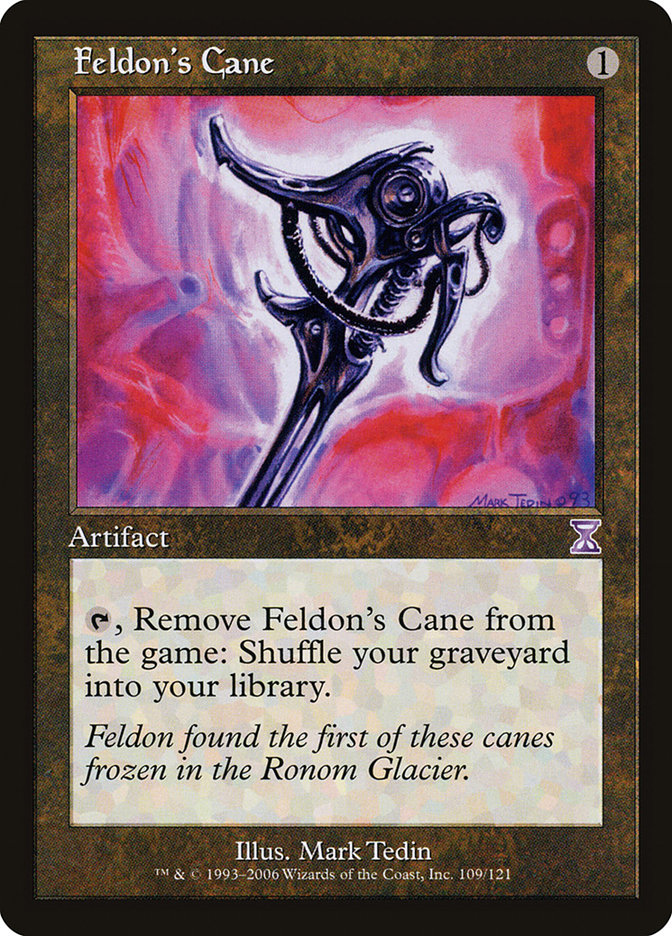
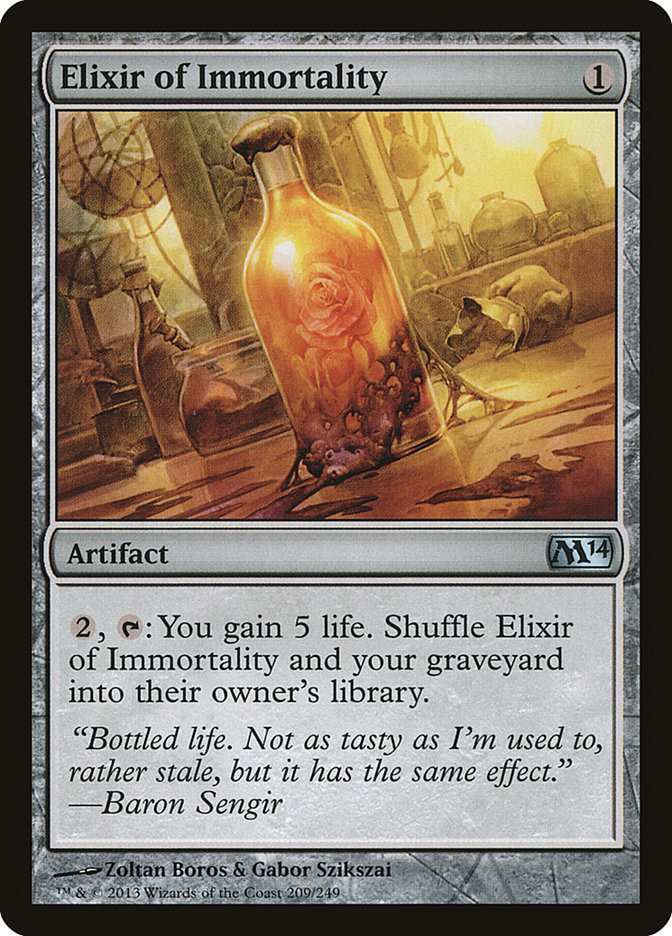
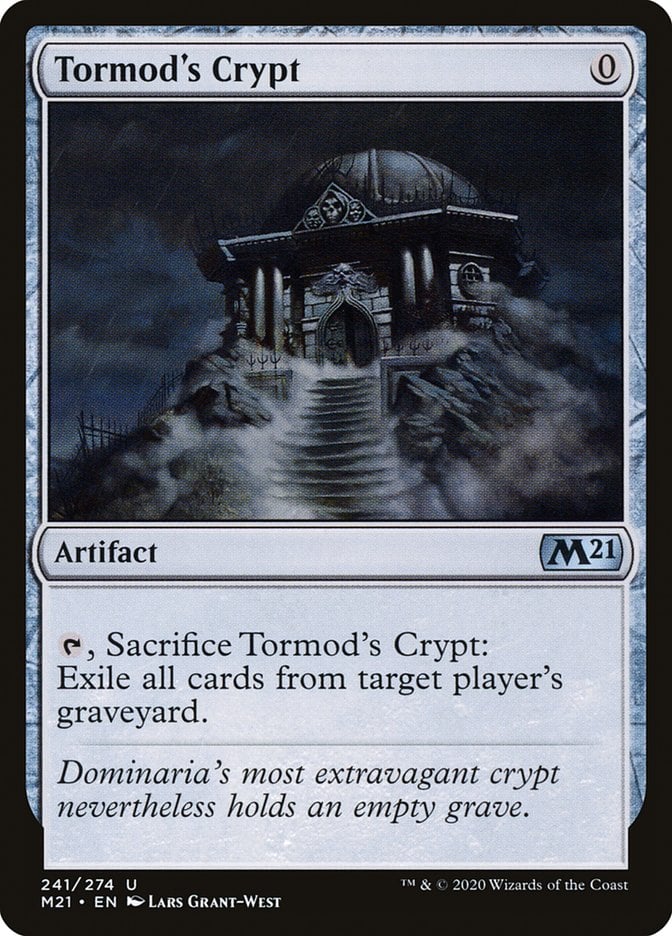
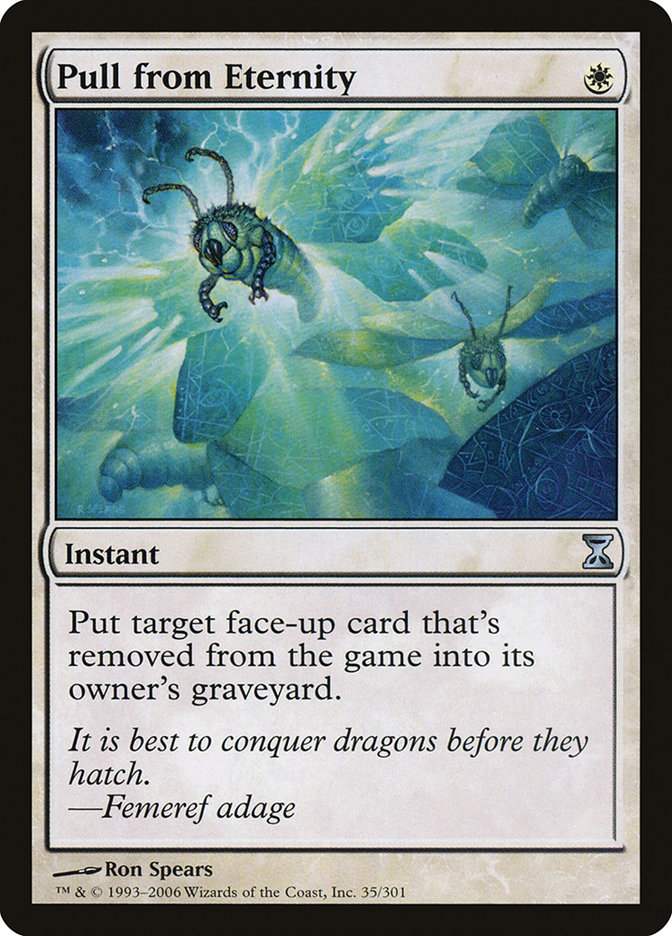
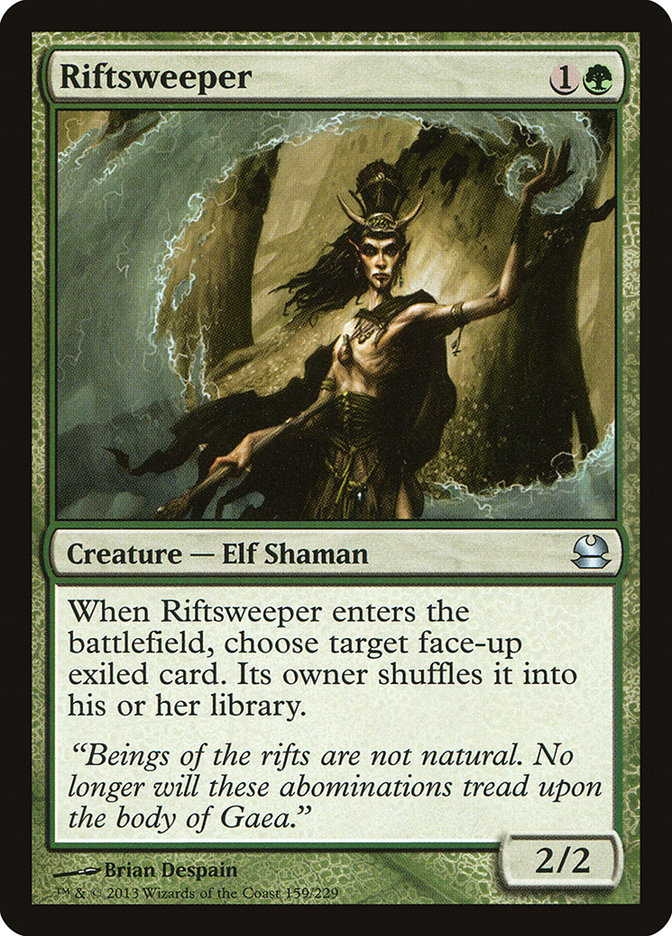
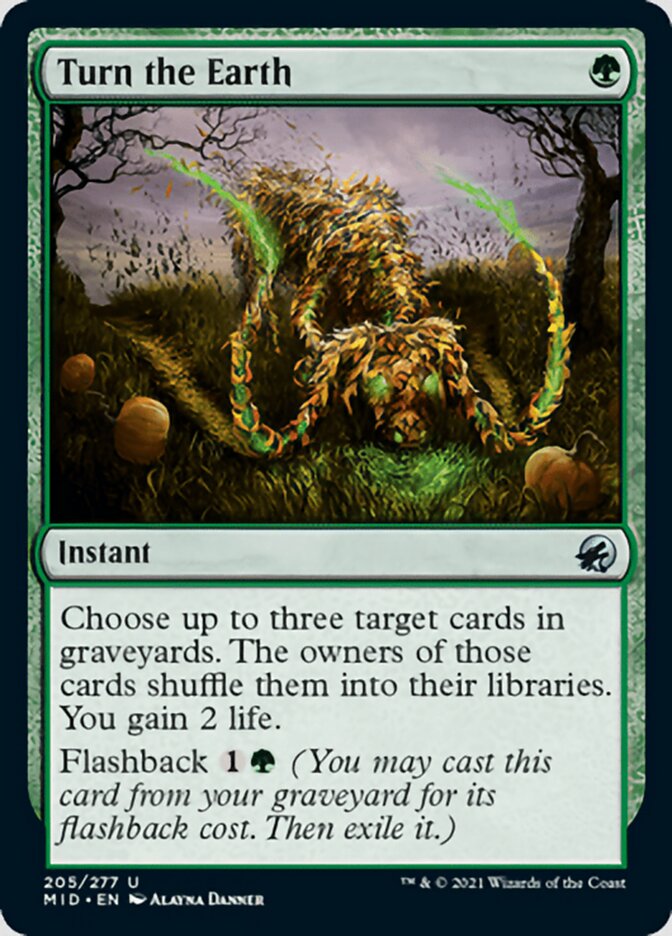

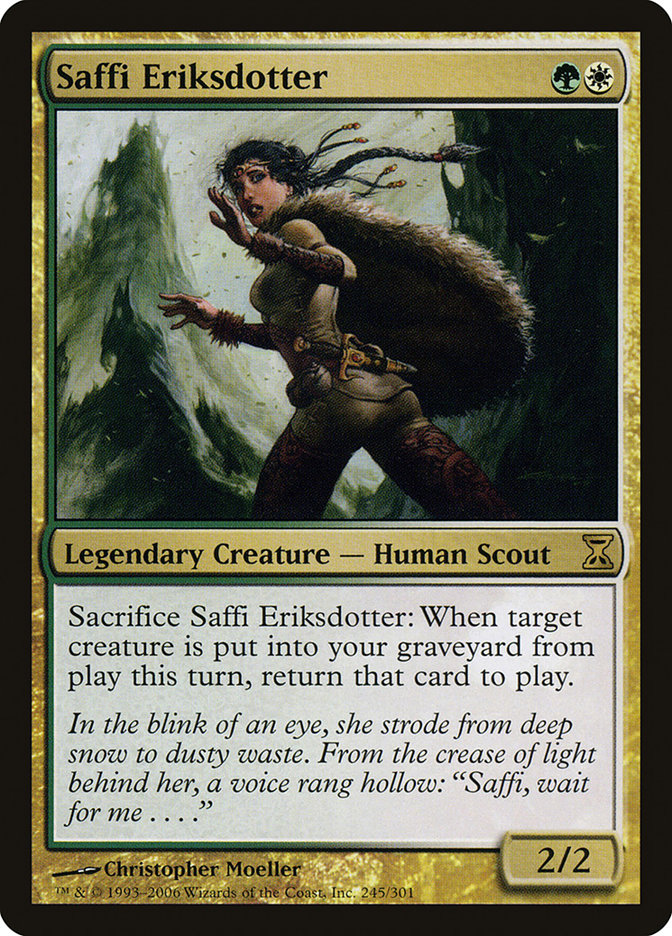

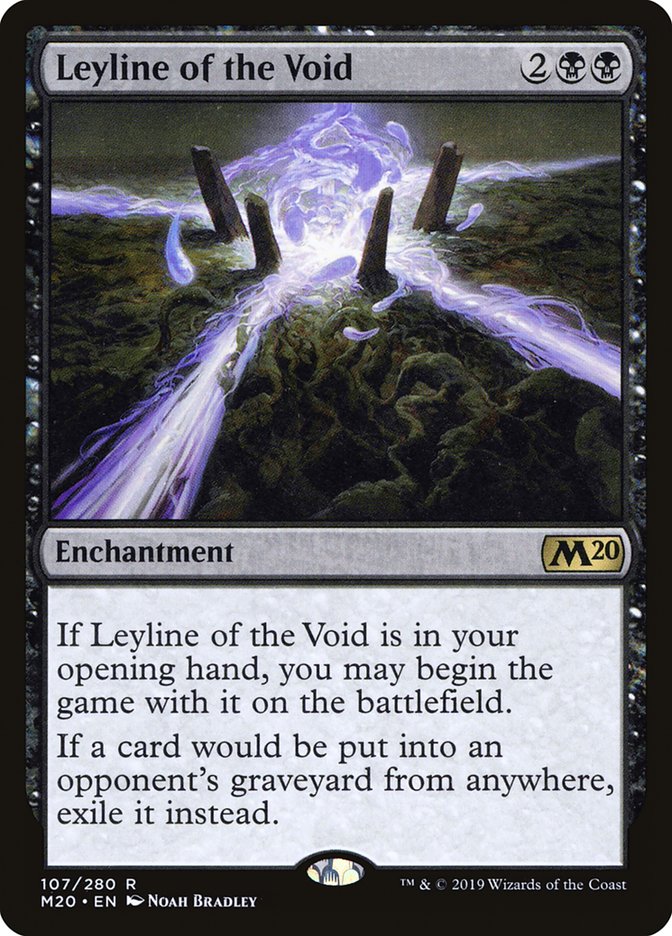
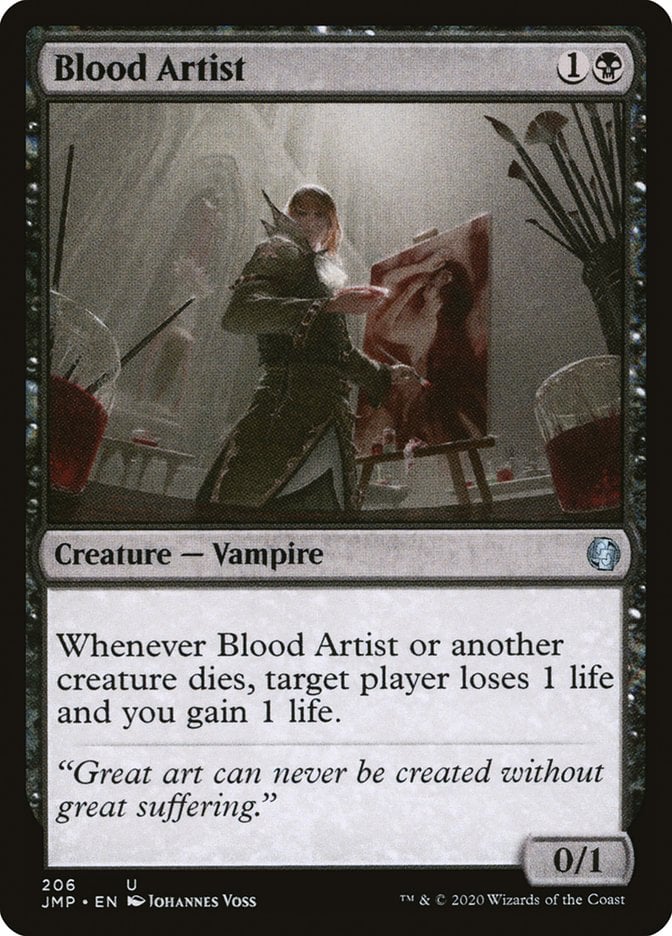
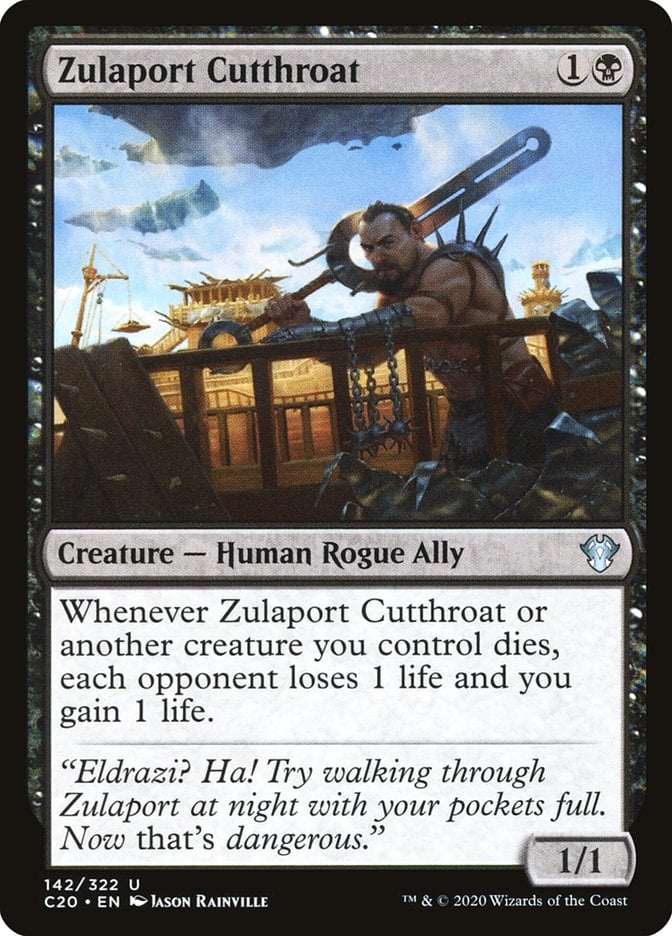

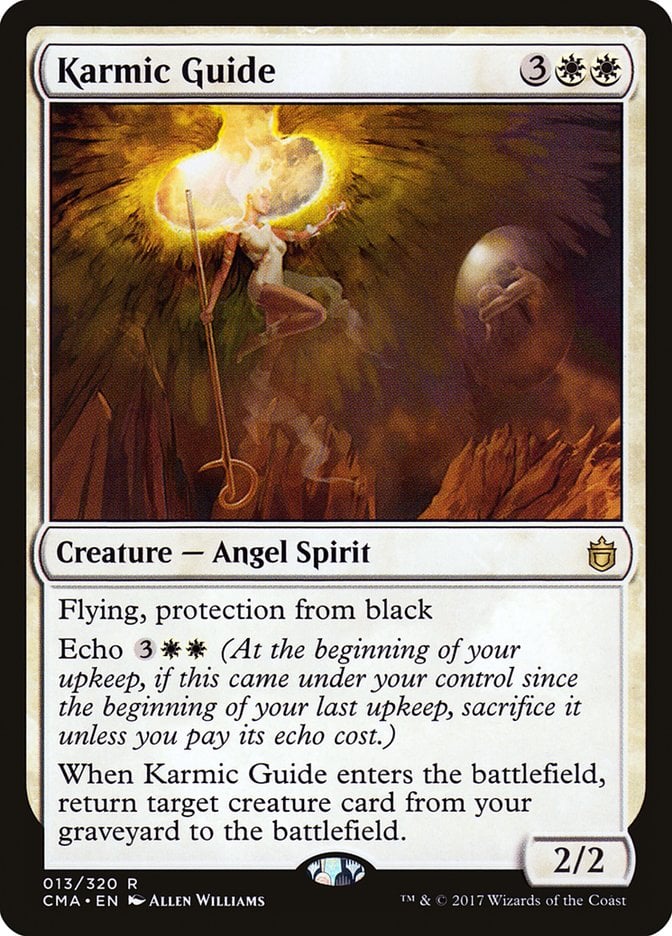
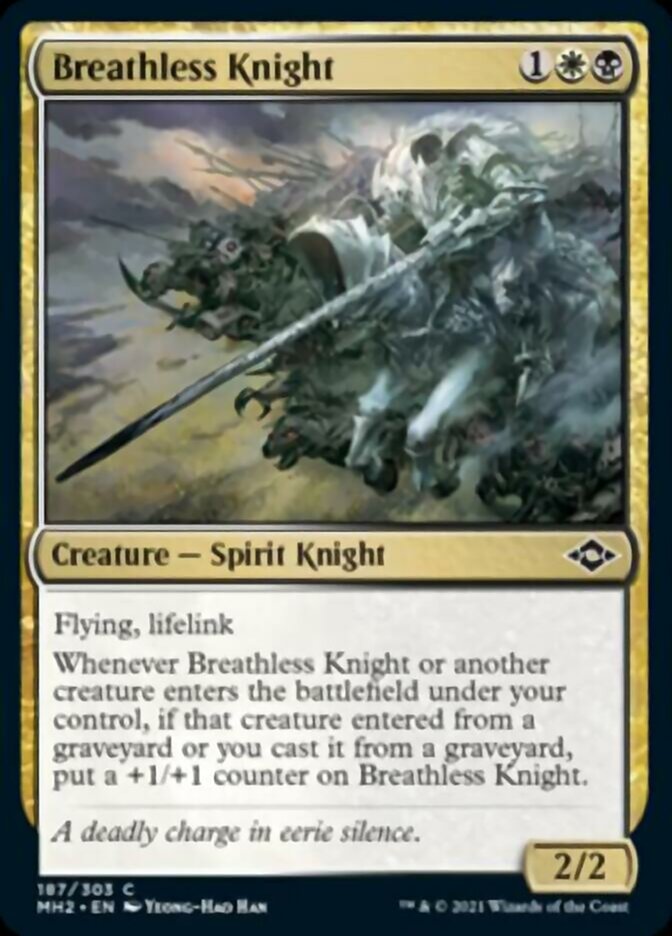
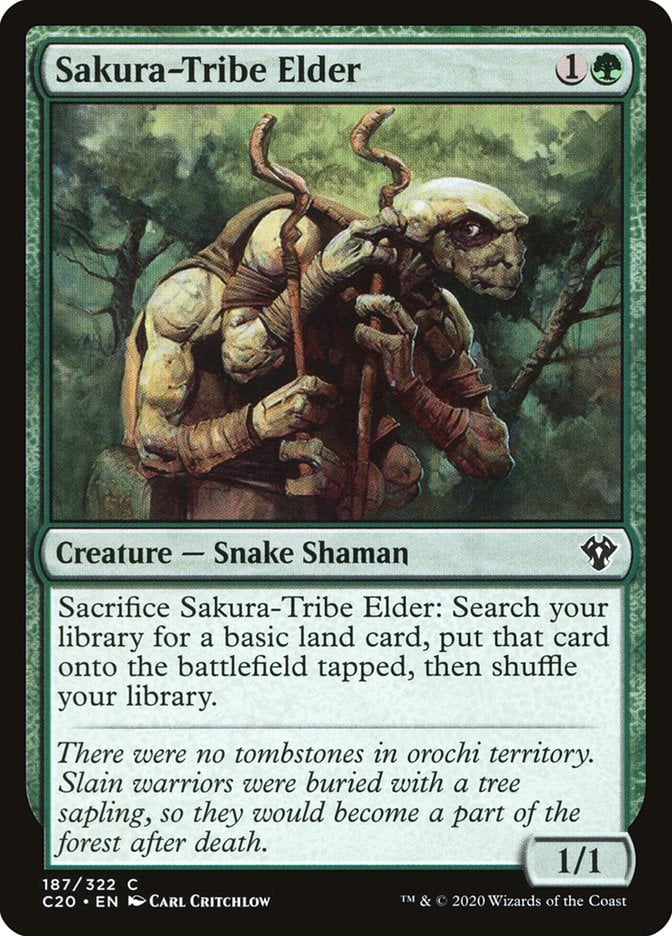
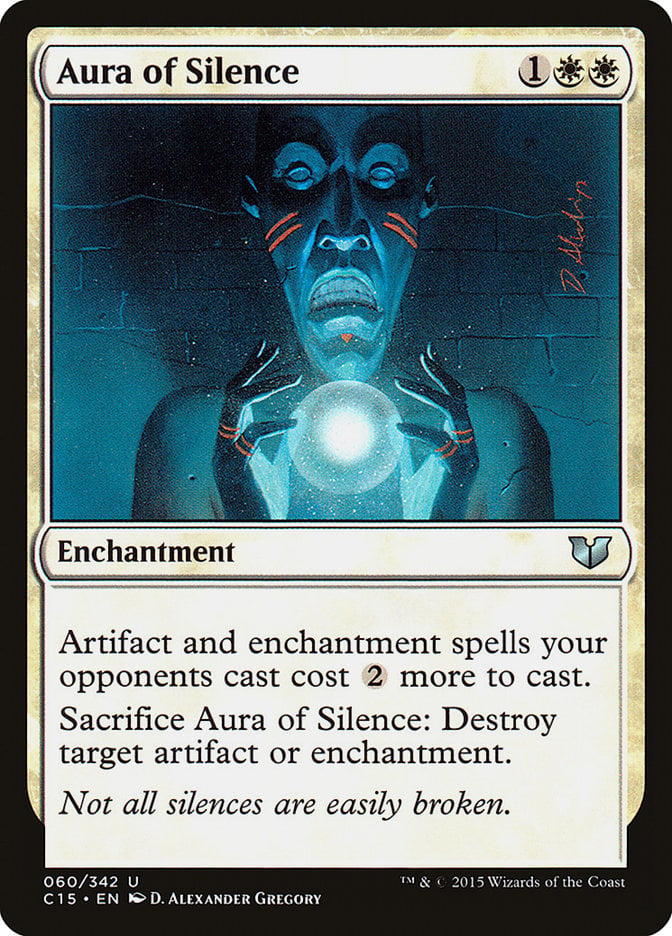
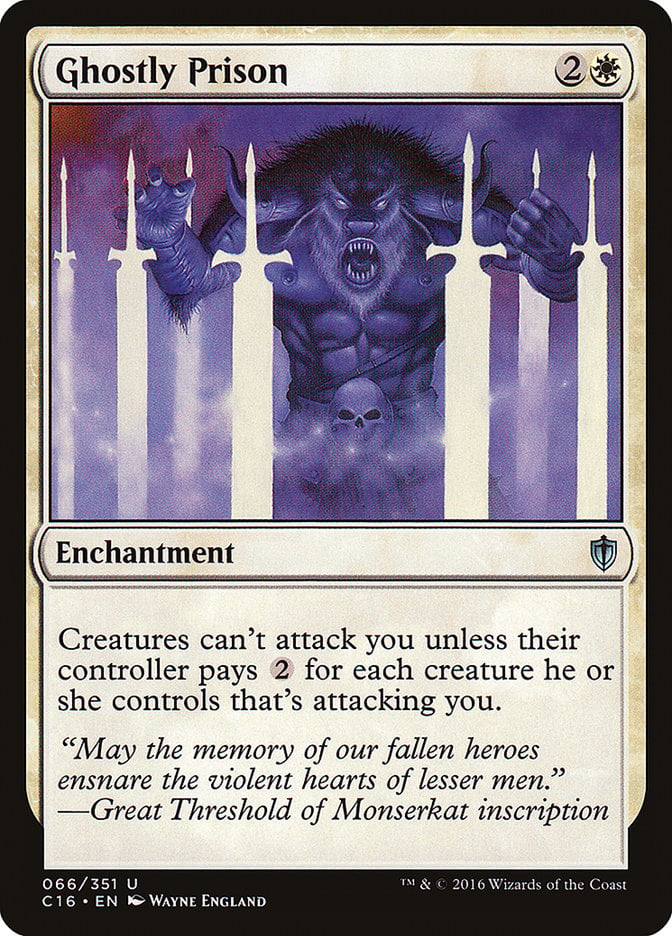
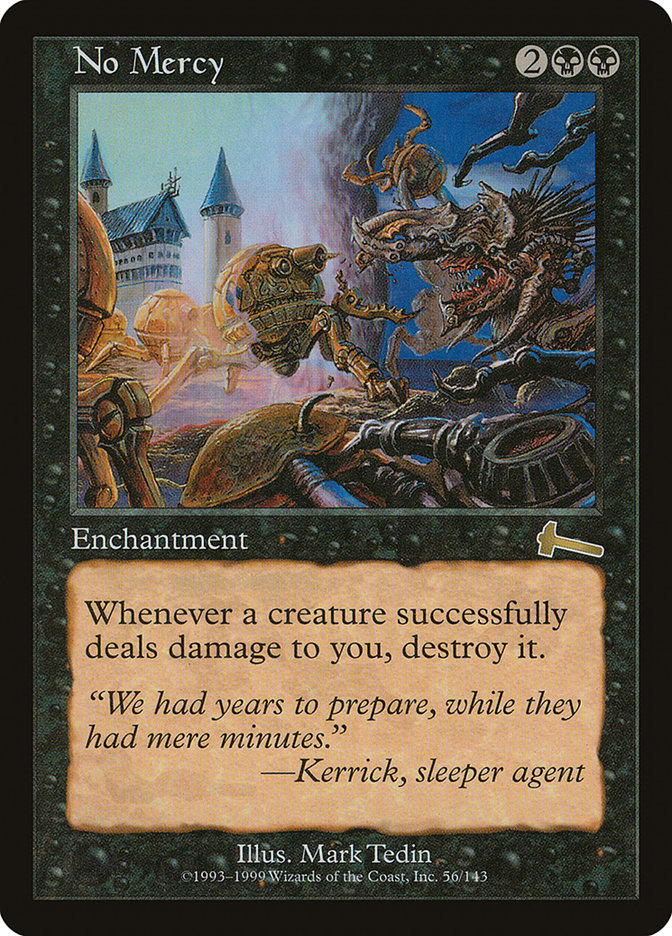
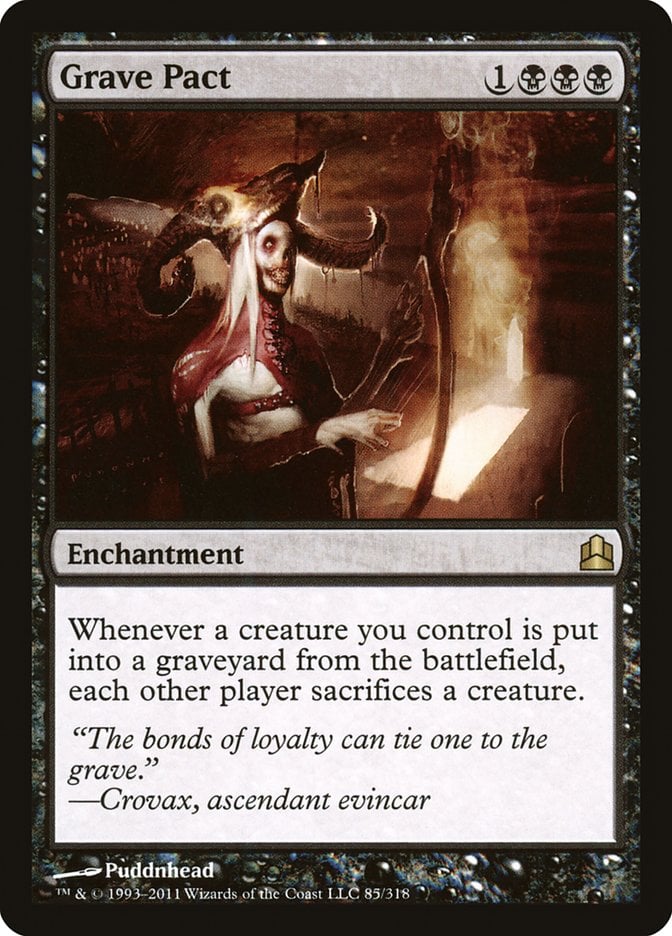
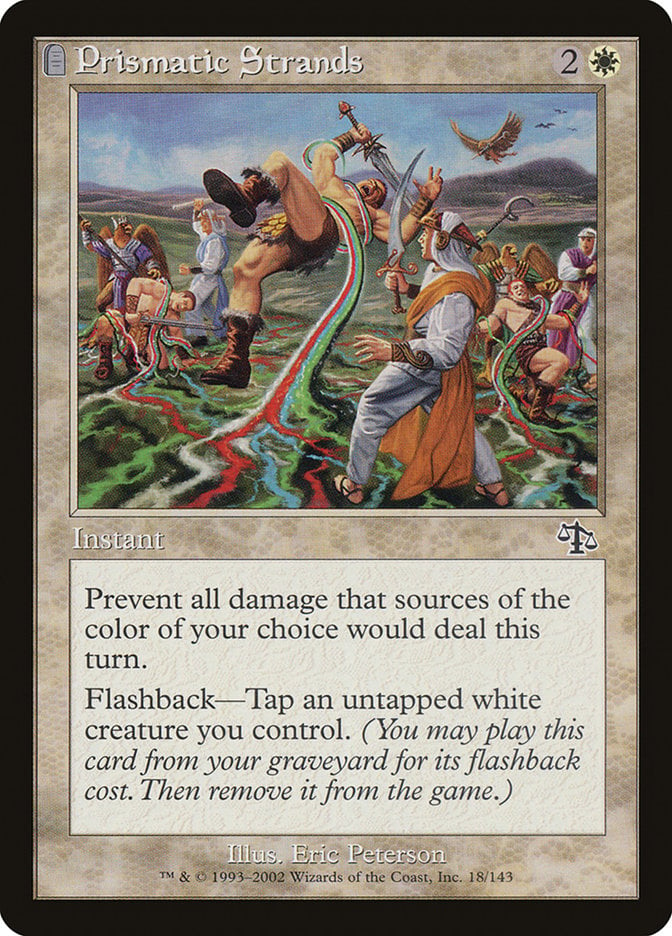
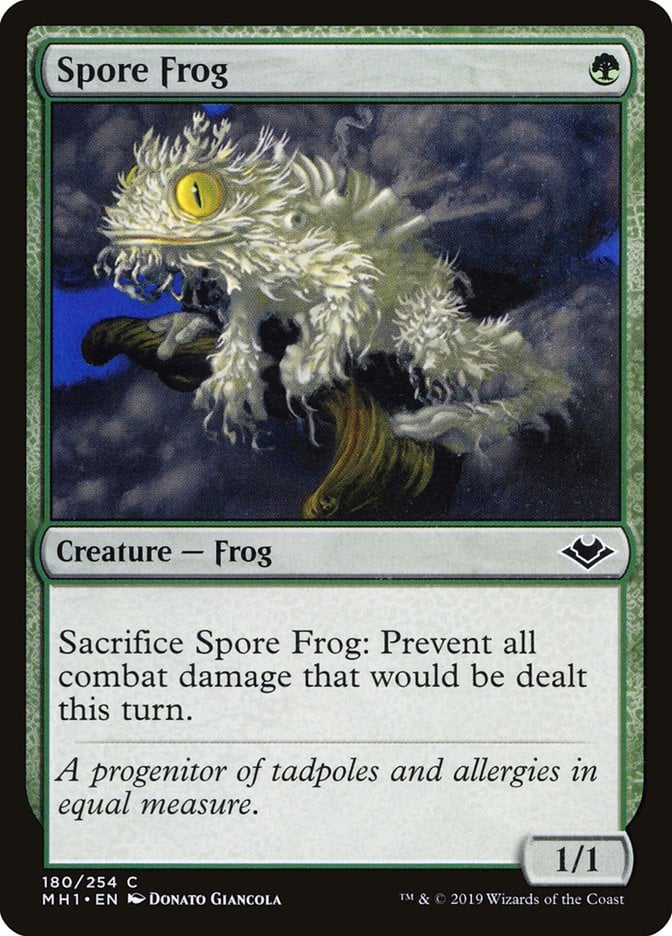
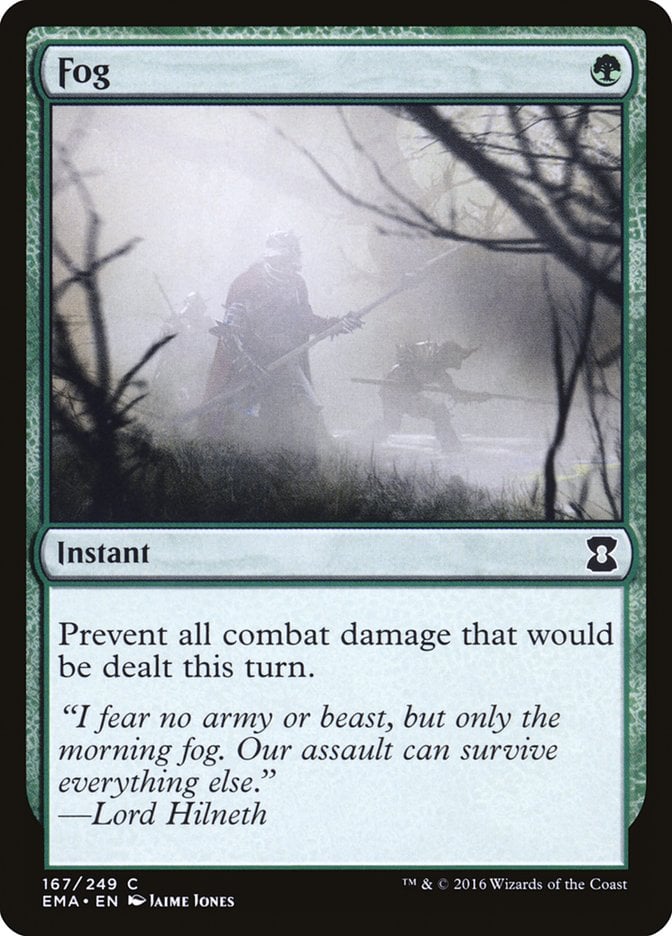
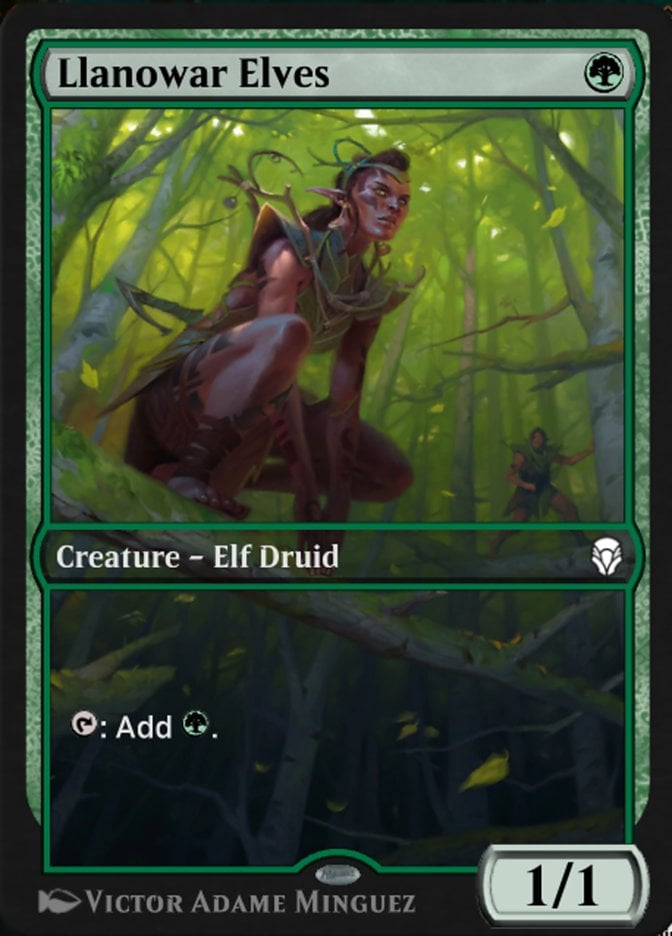
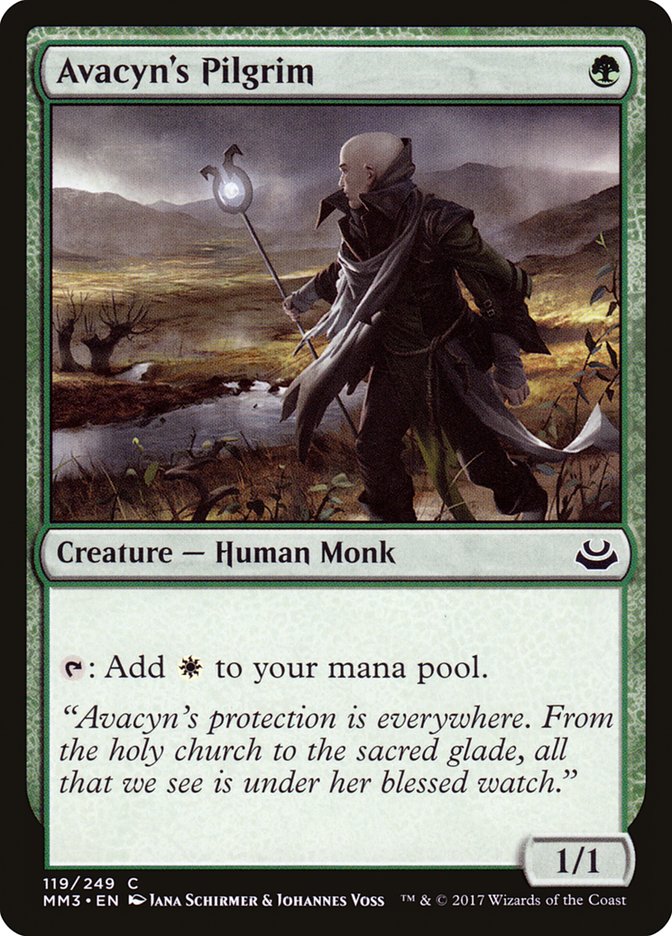


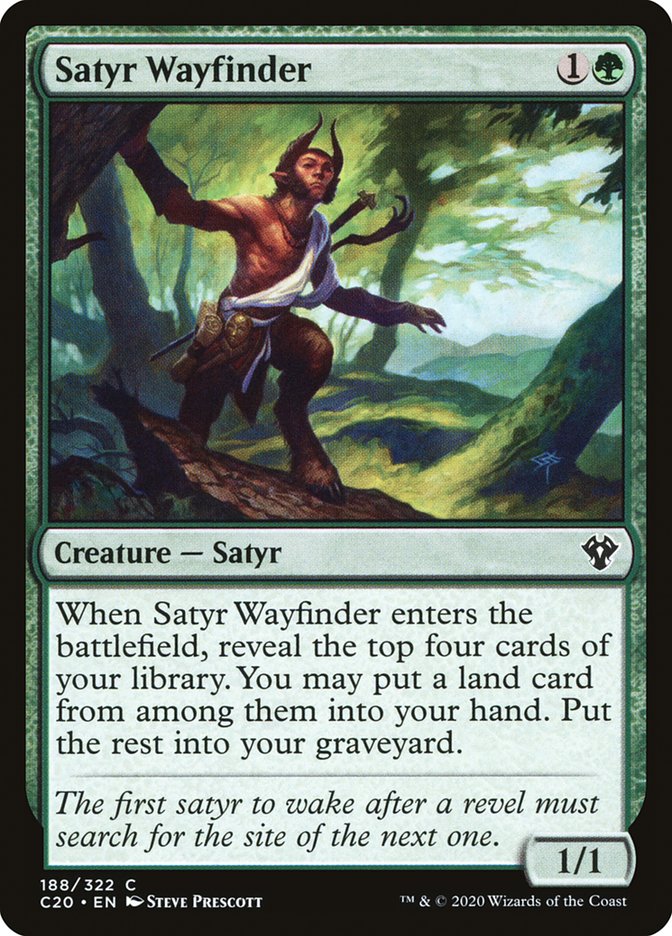
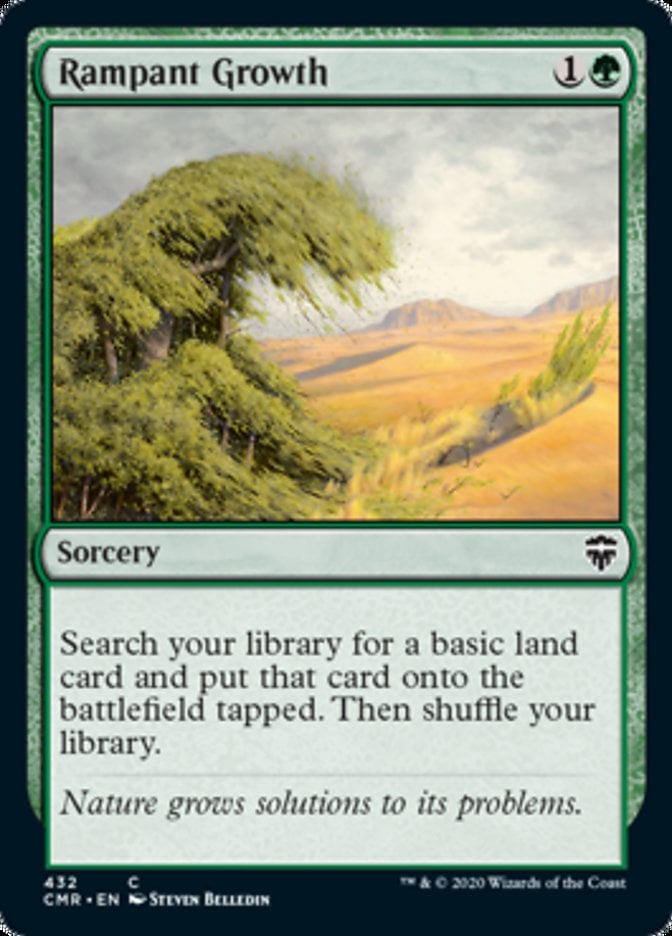

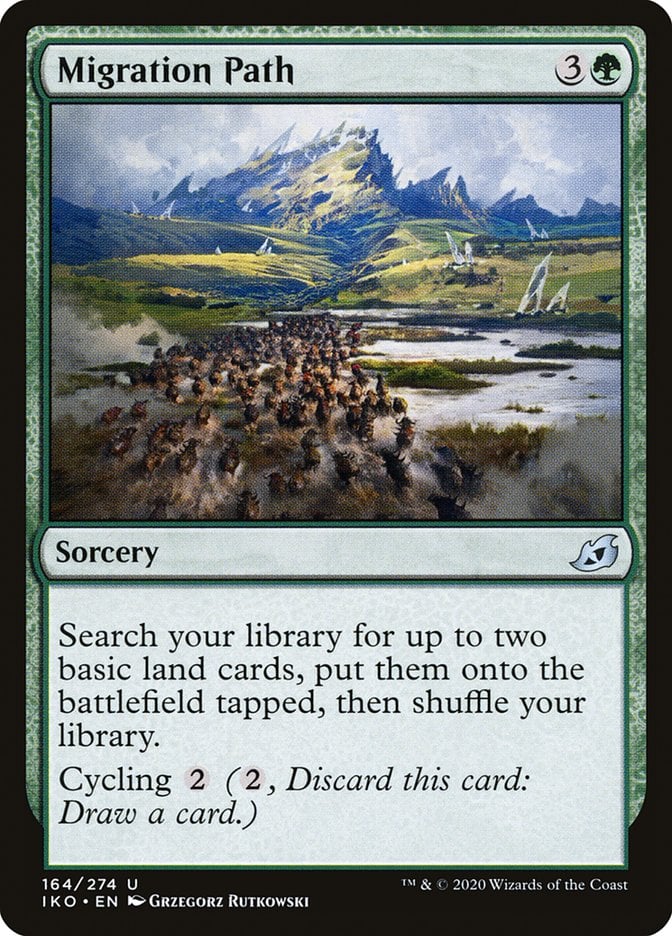

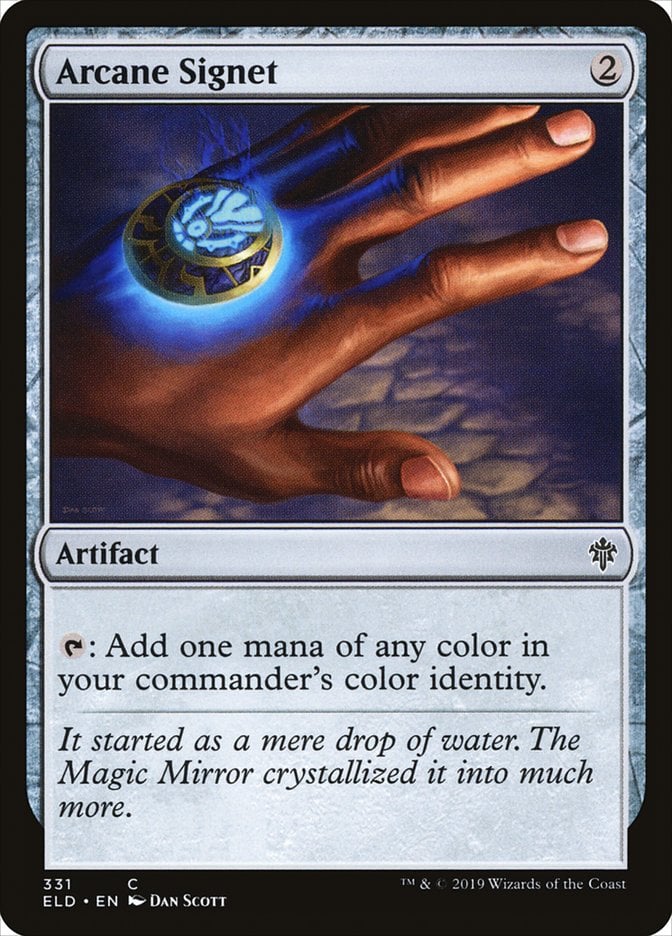

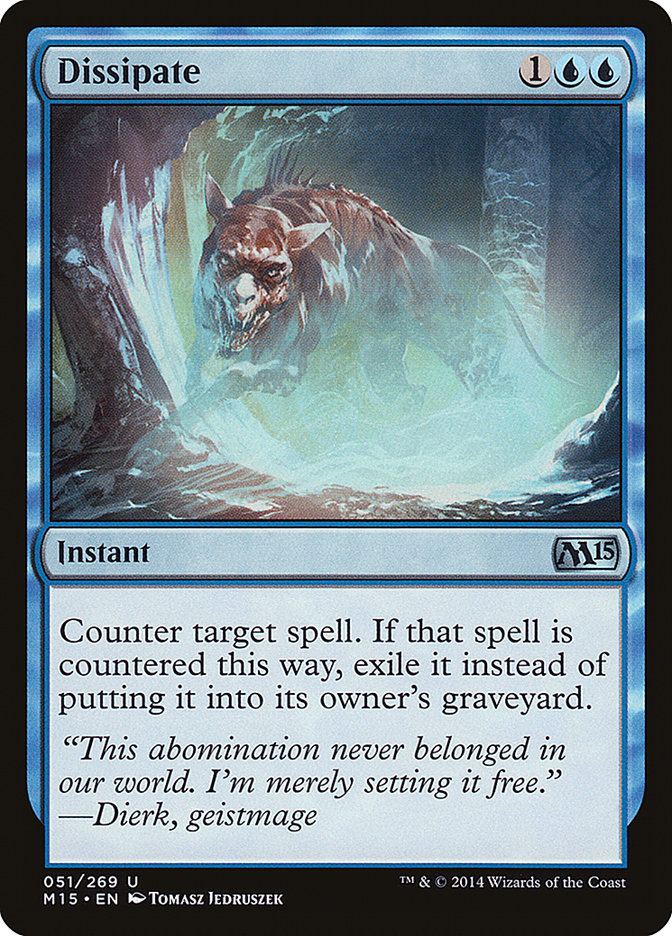
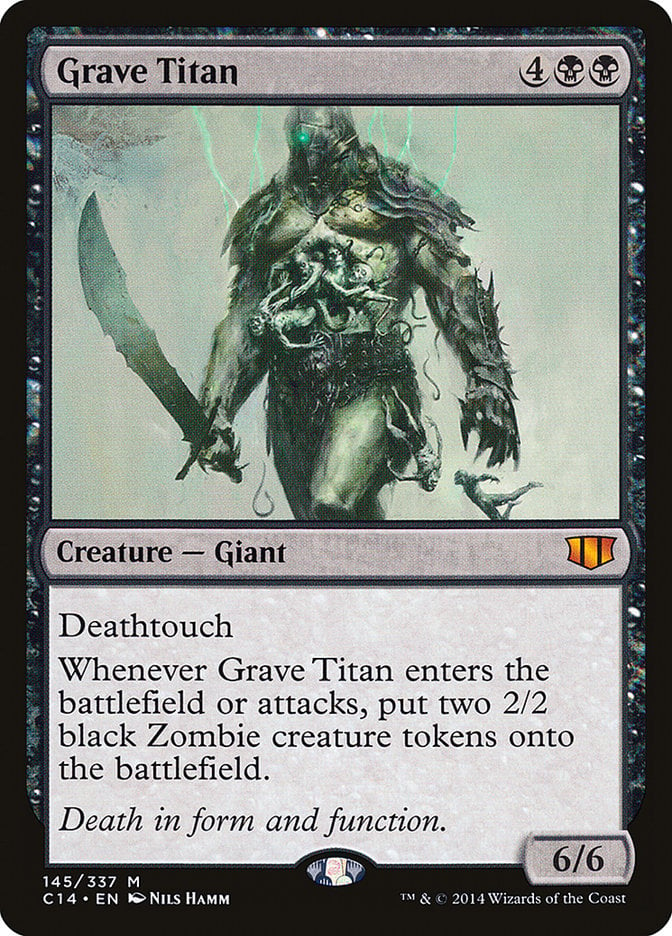
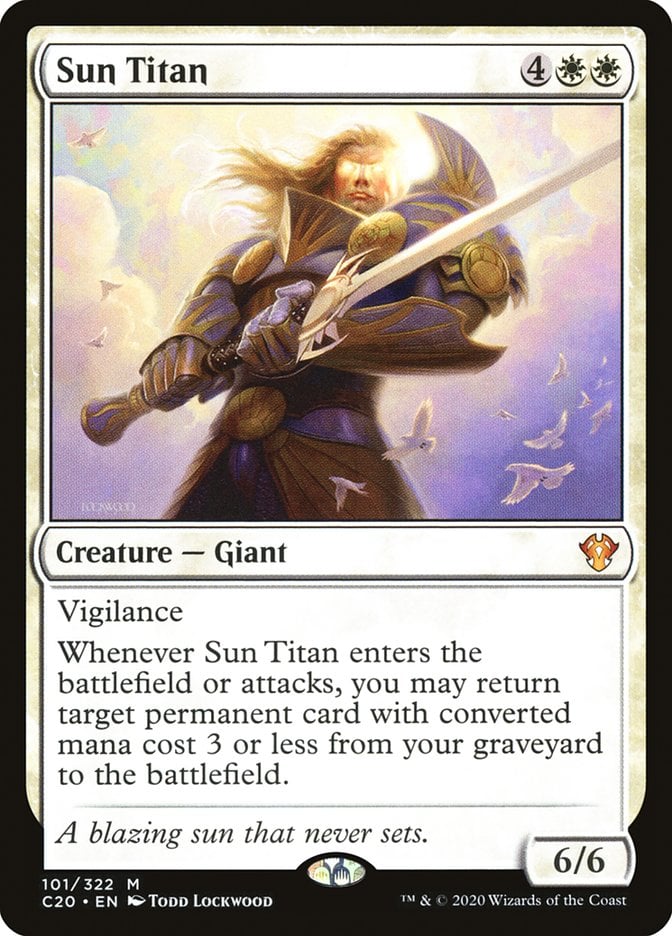

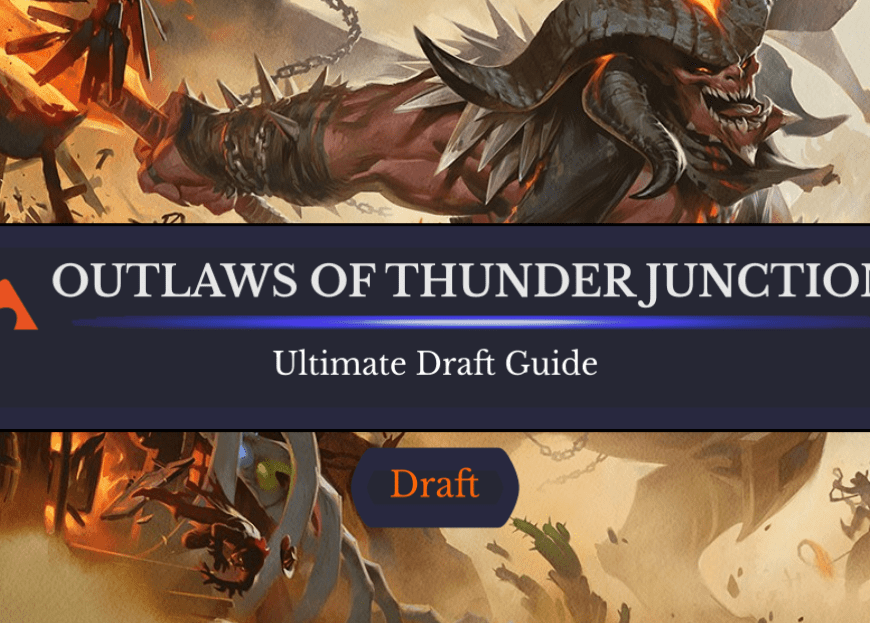
Add Comment